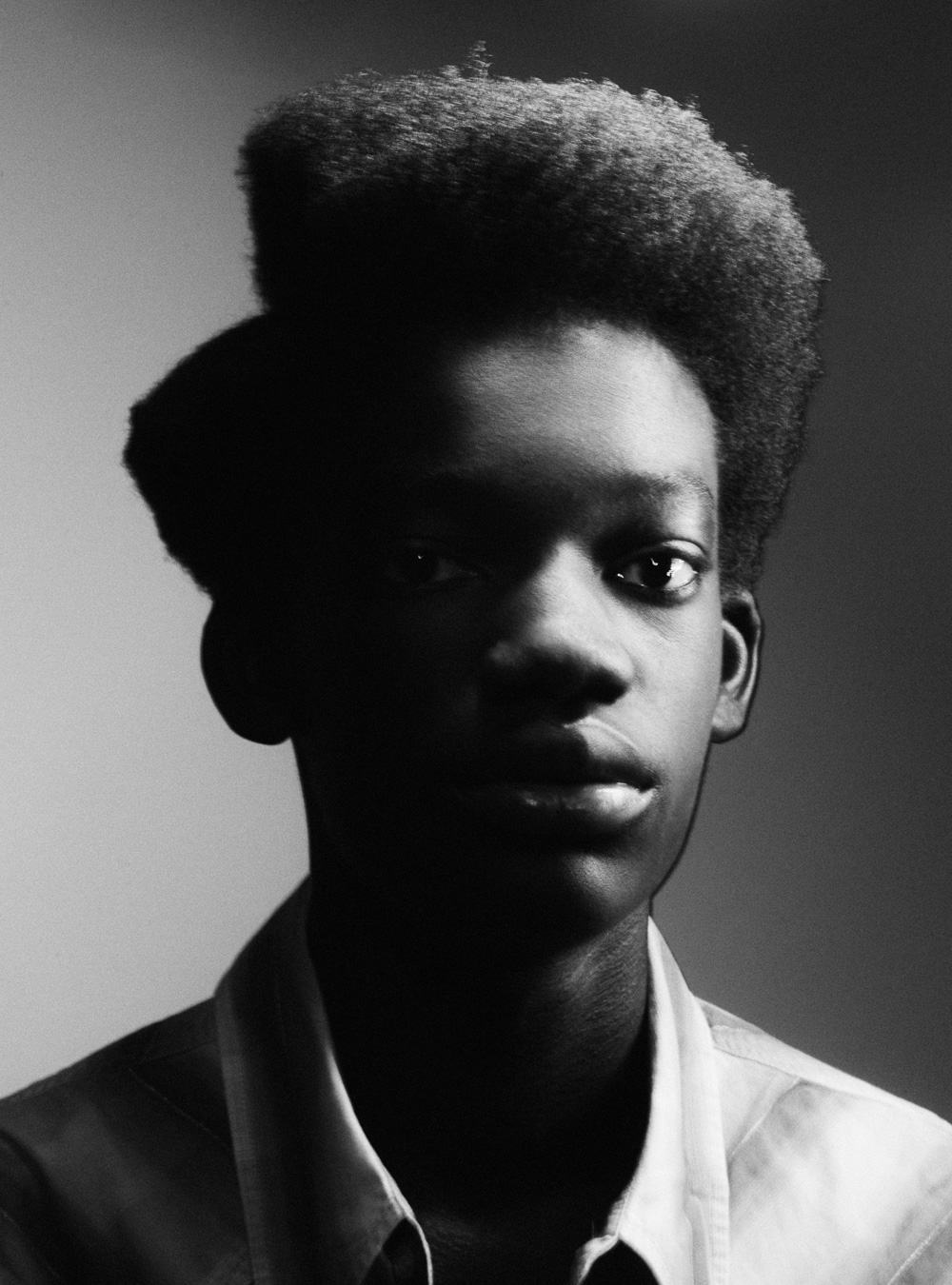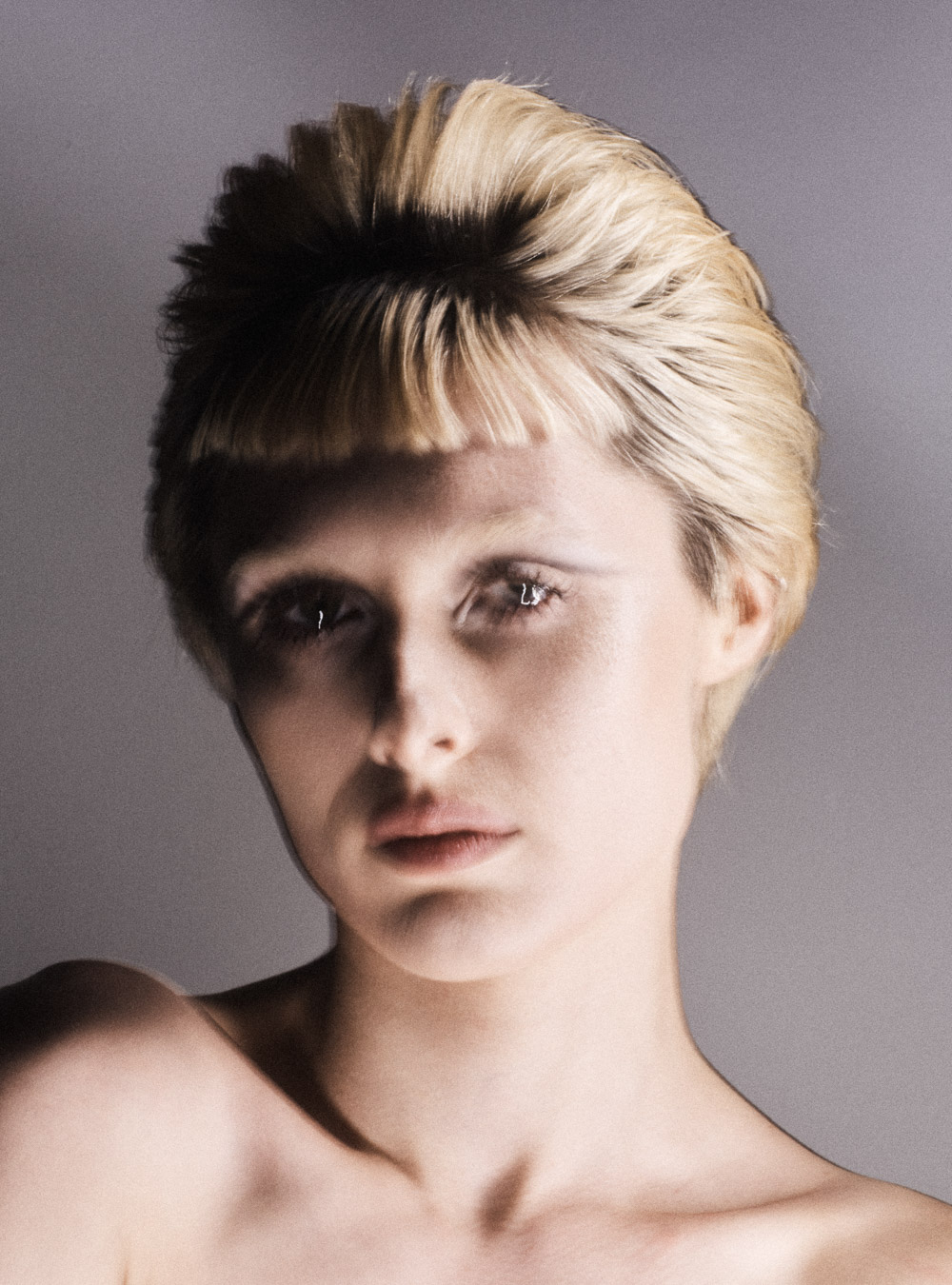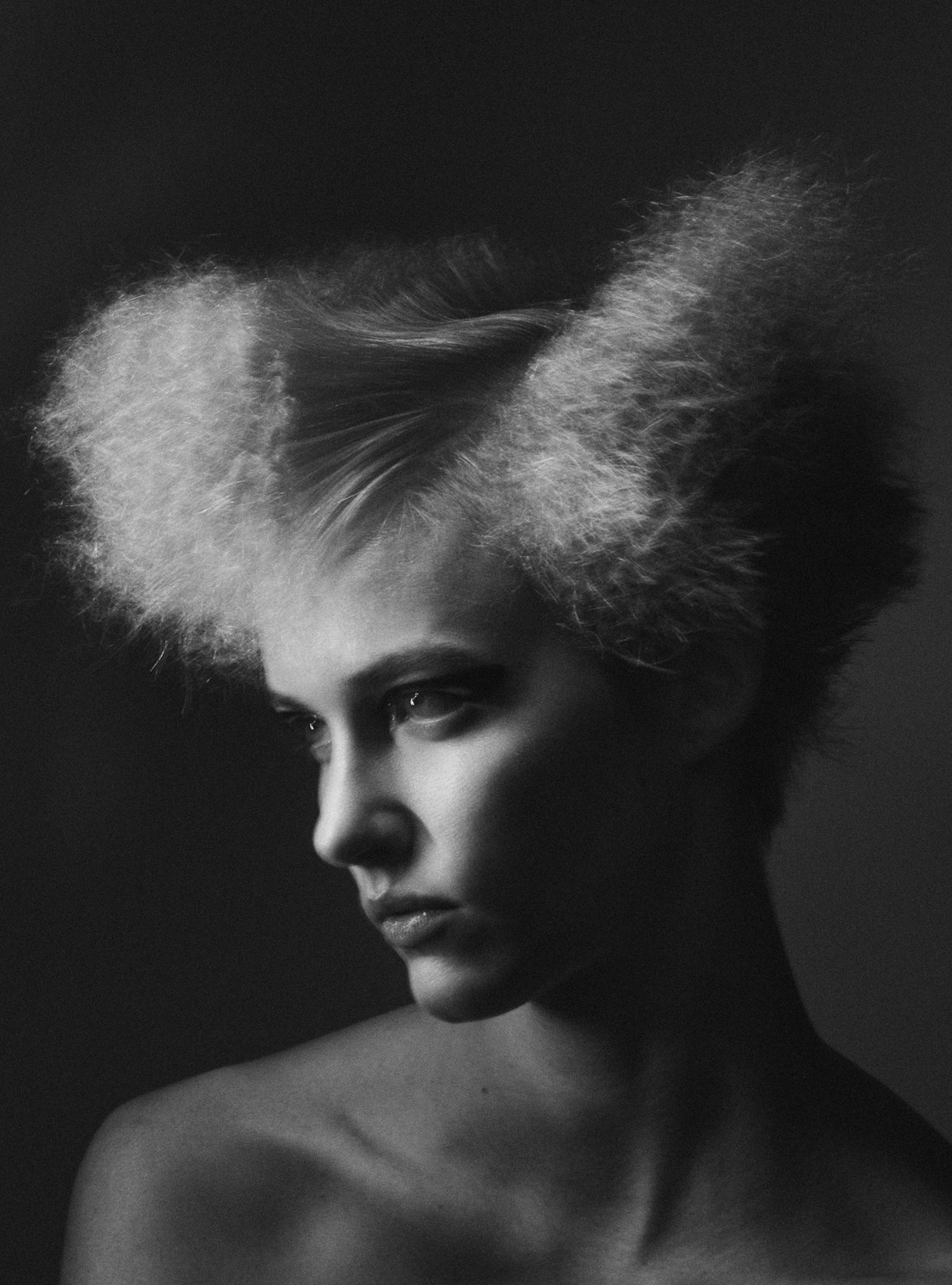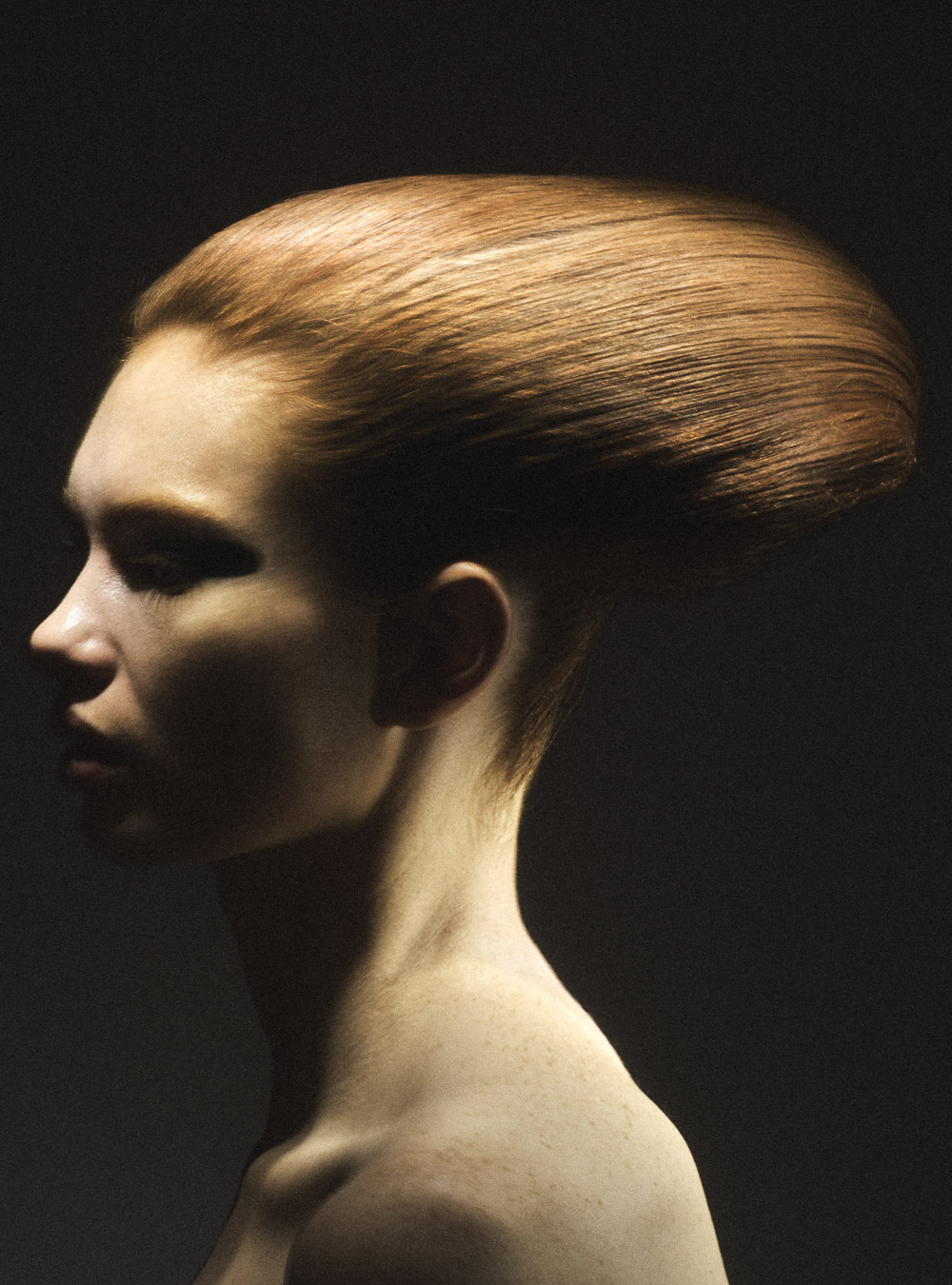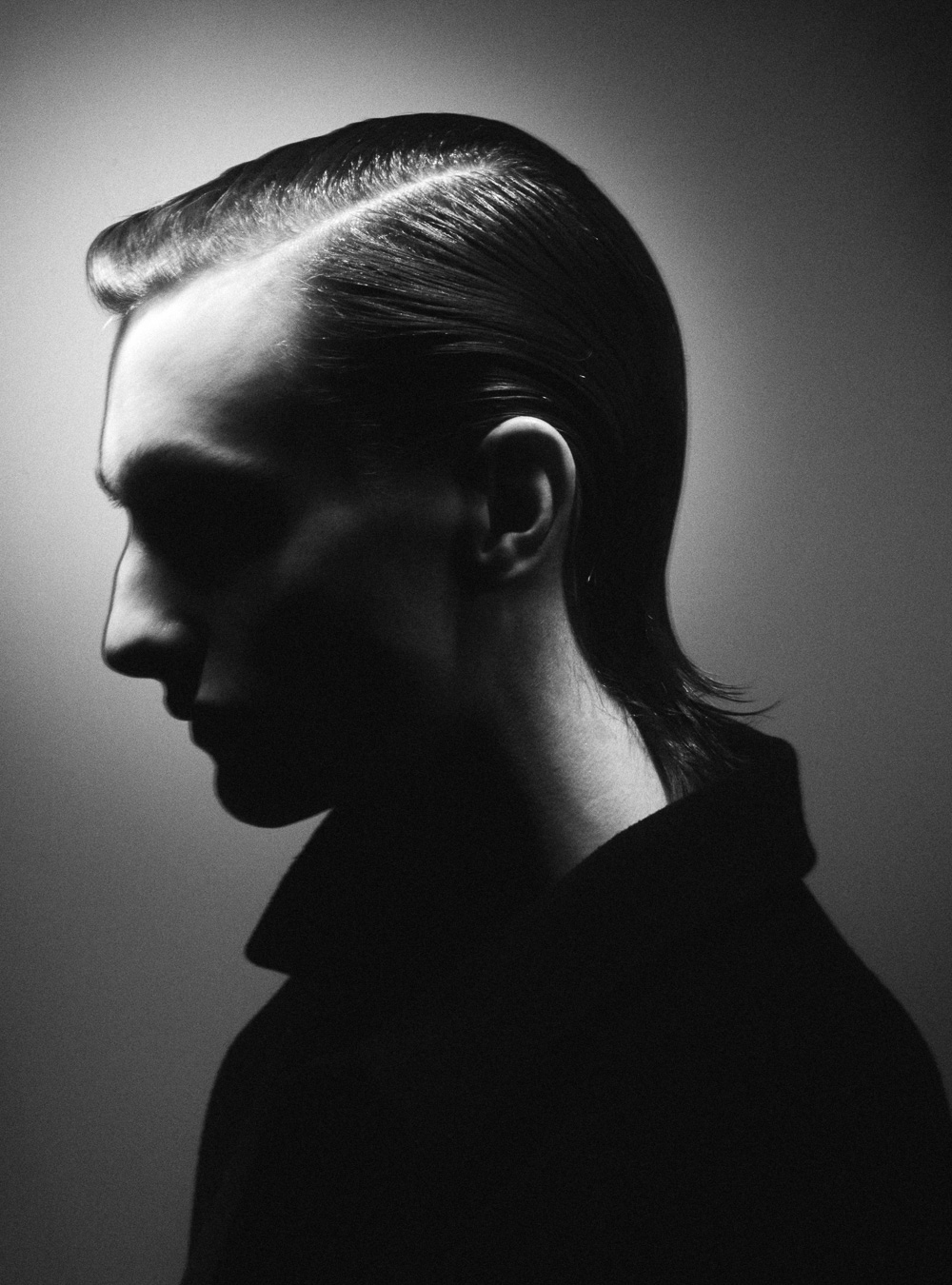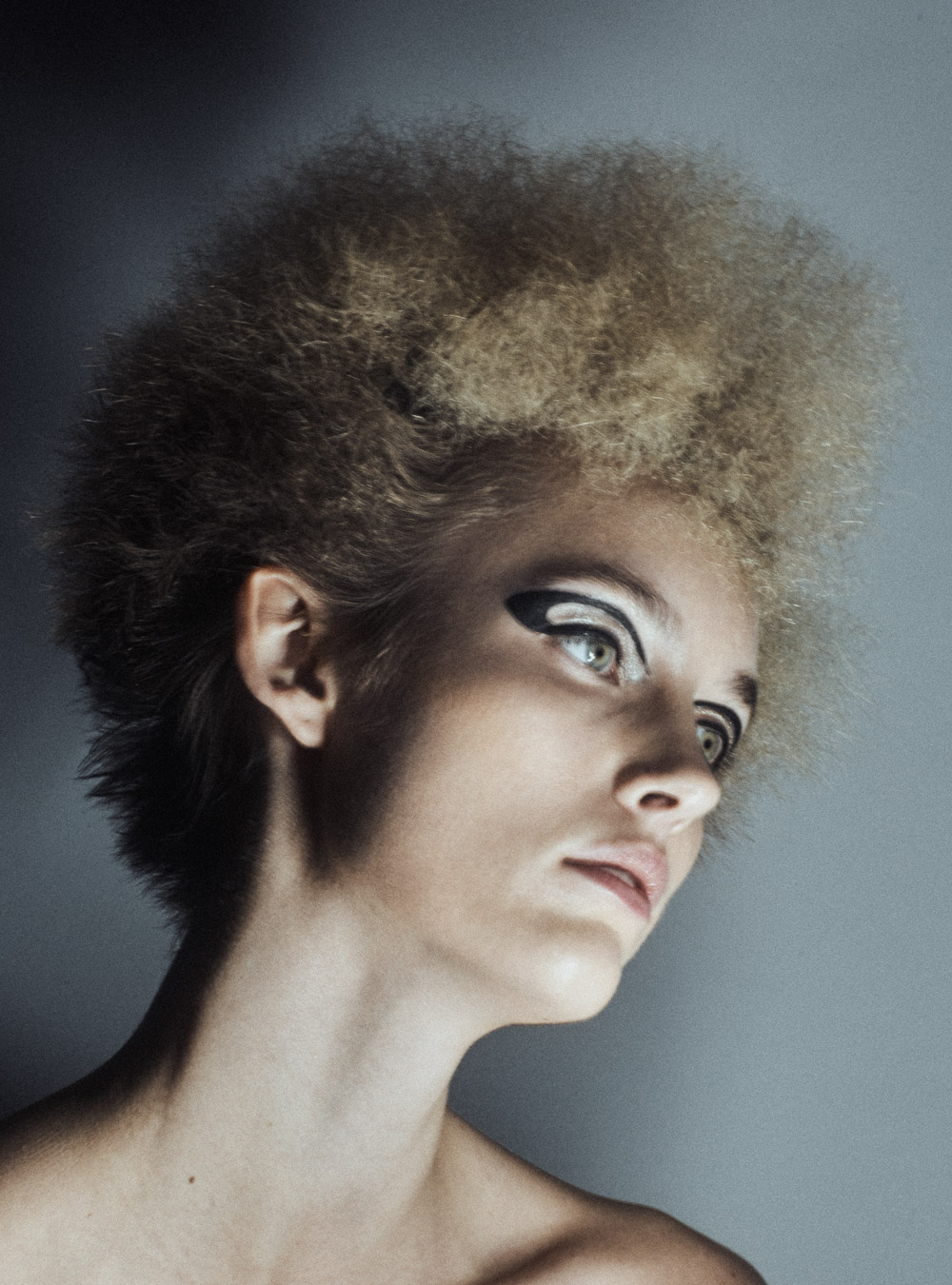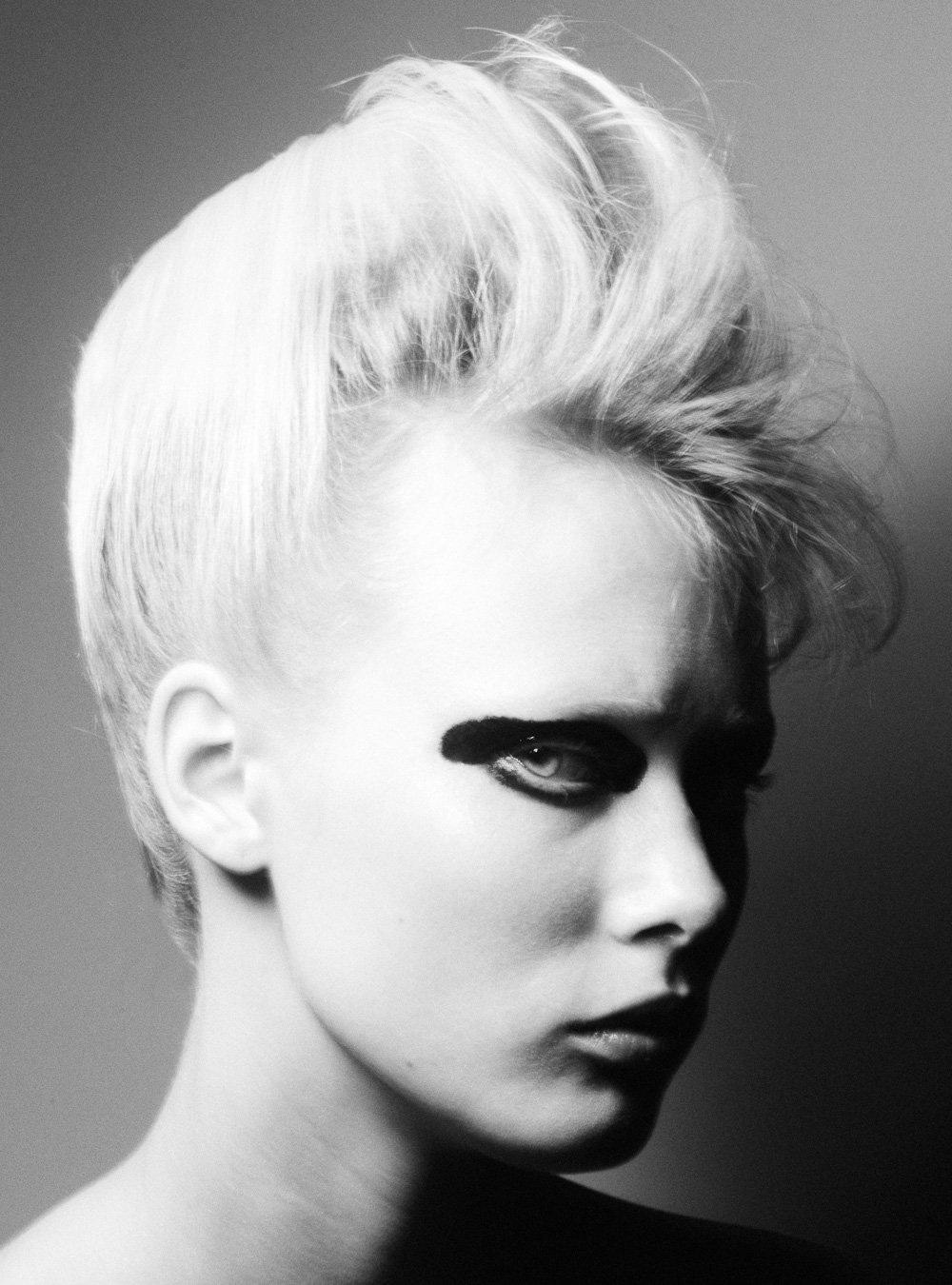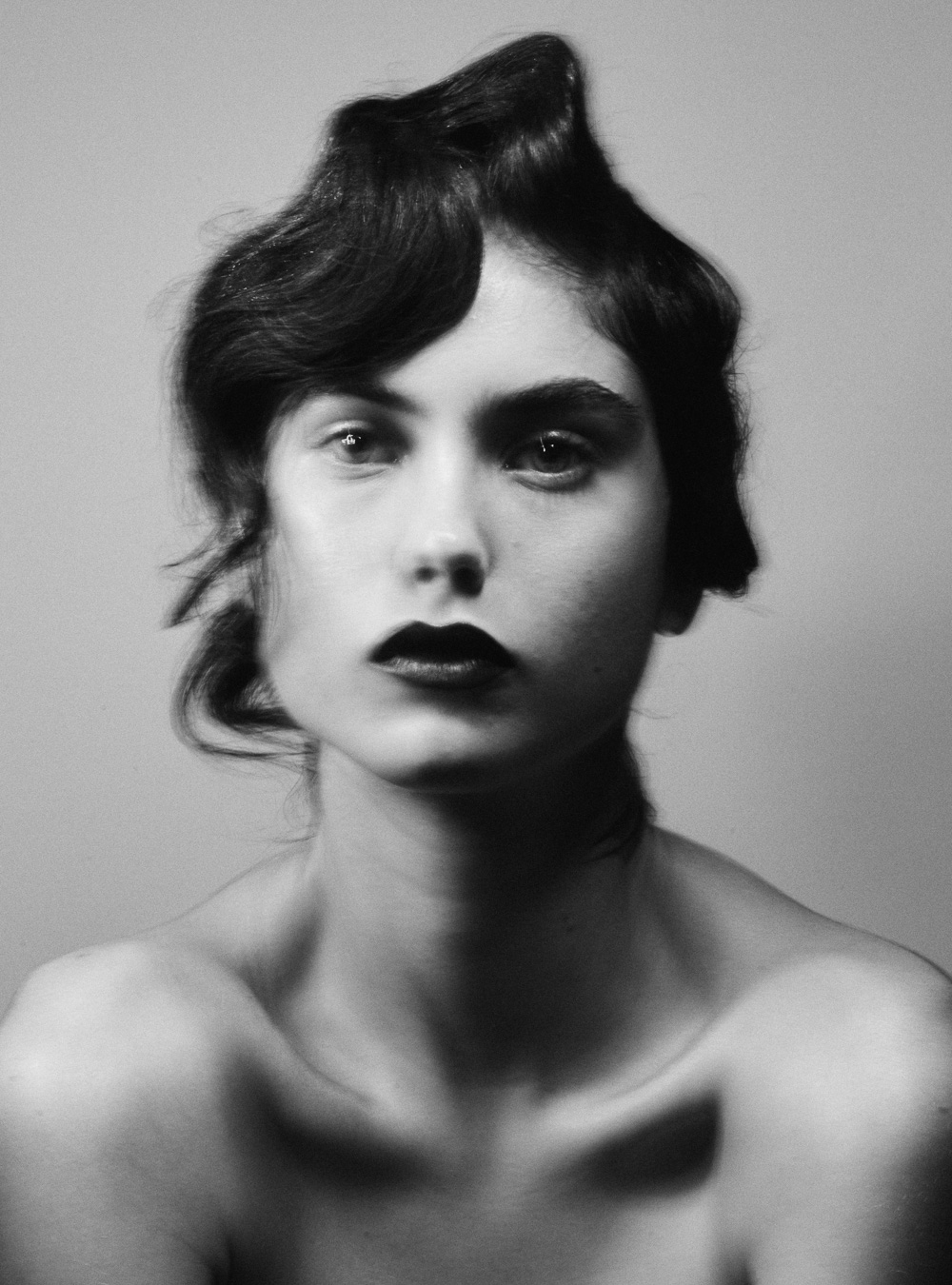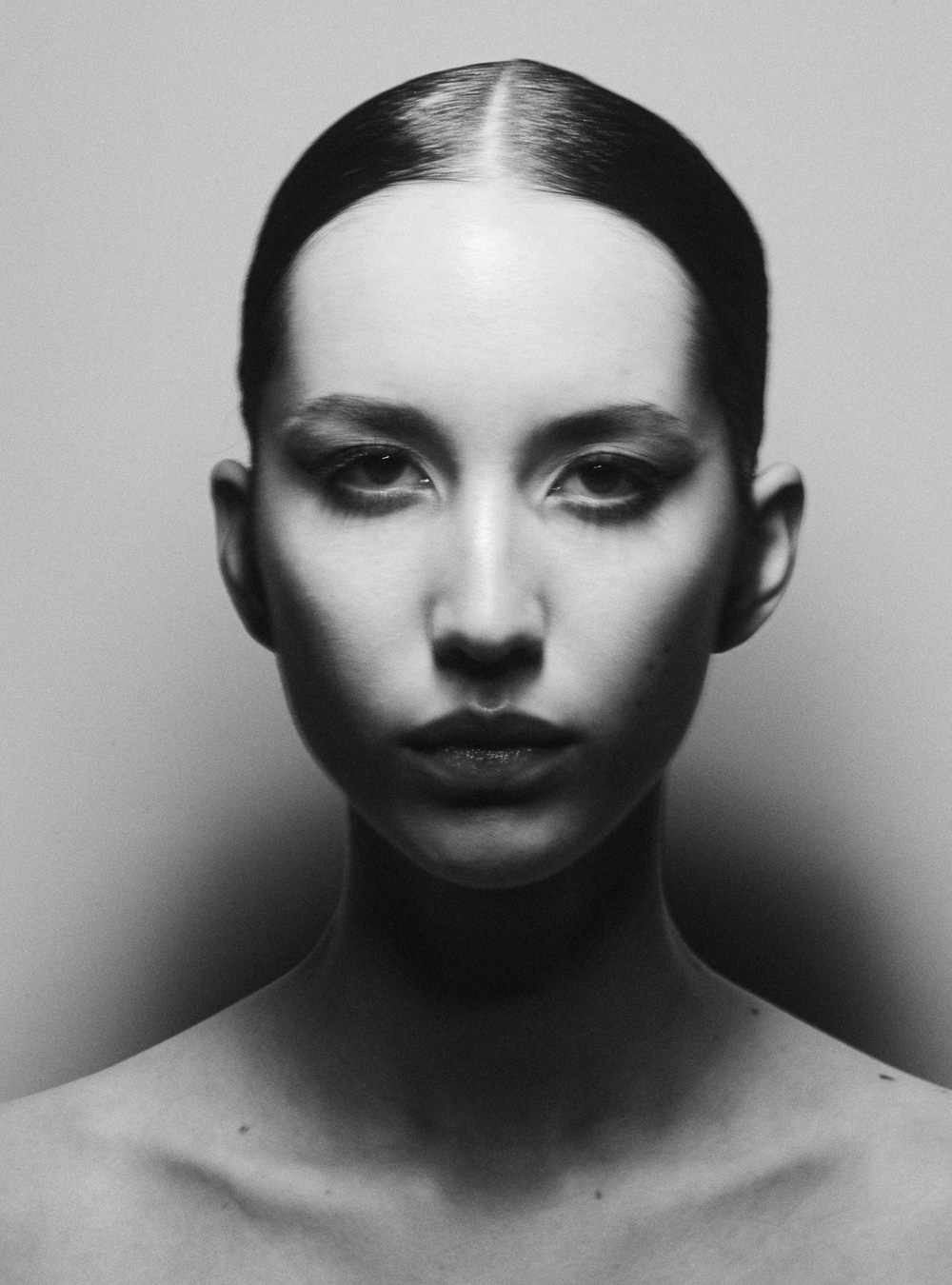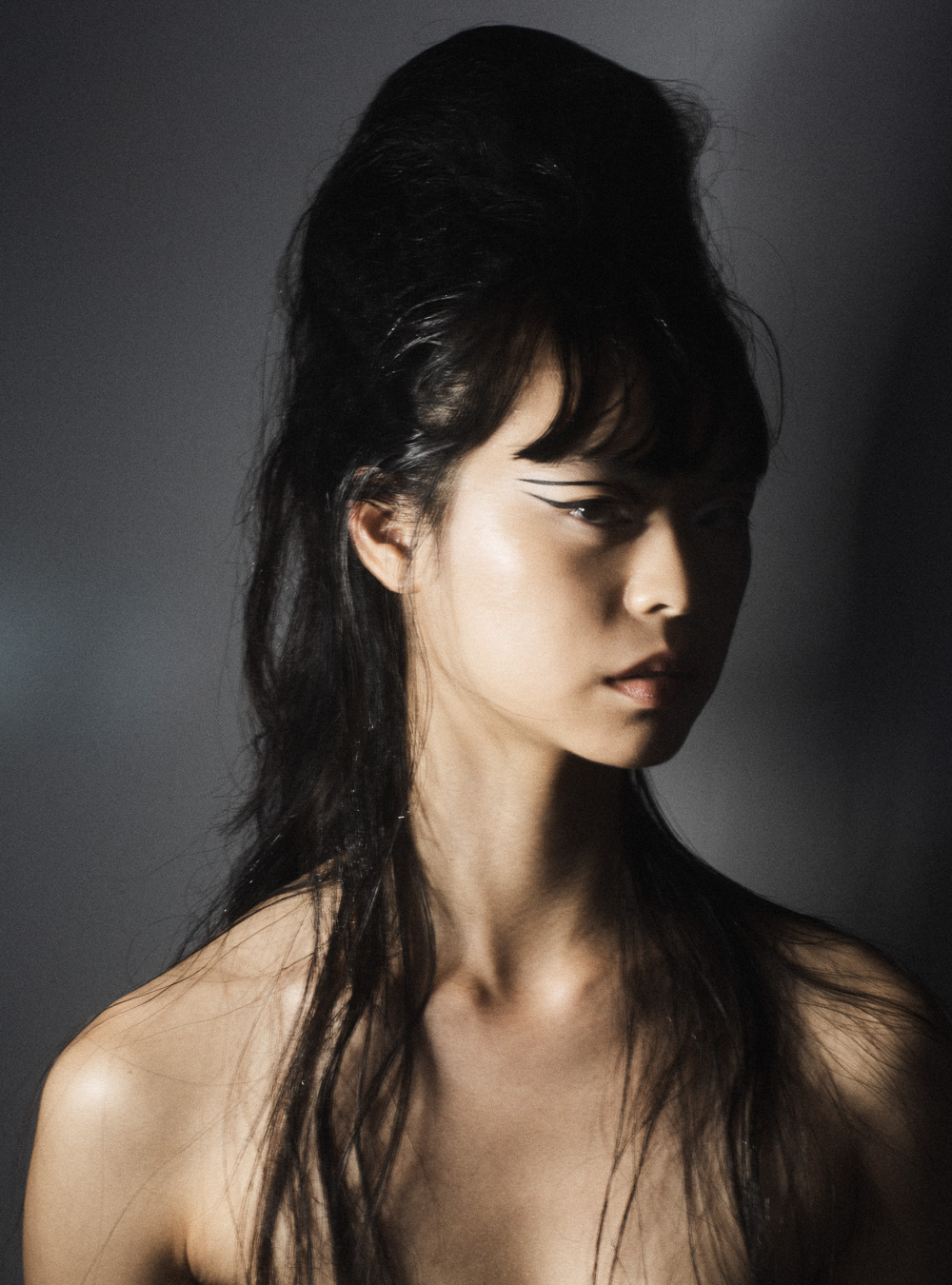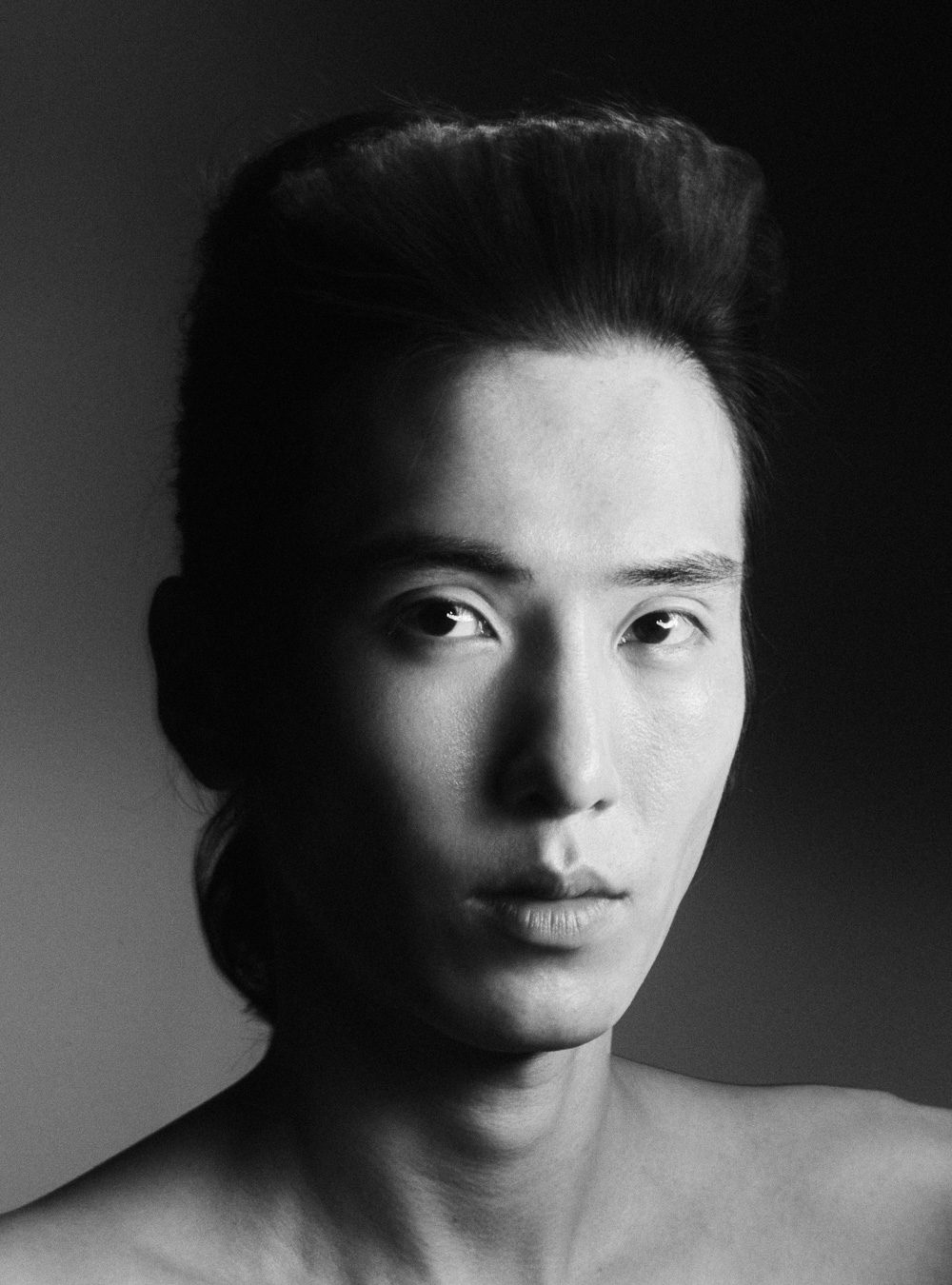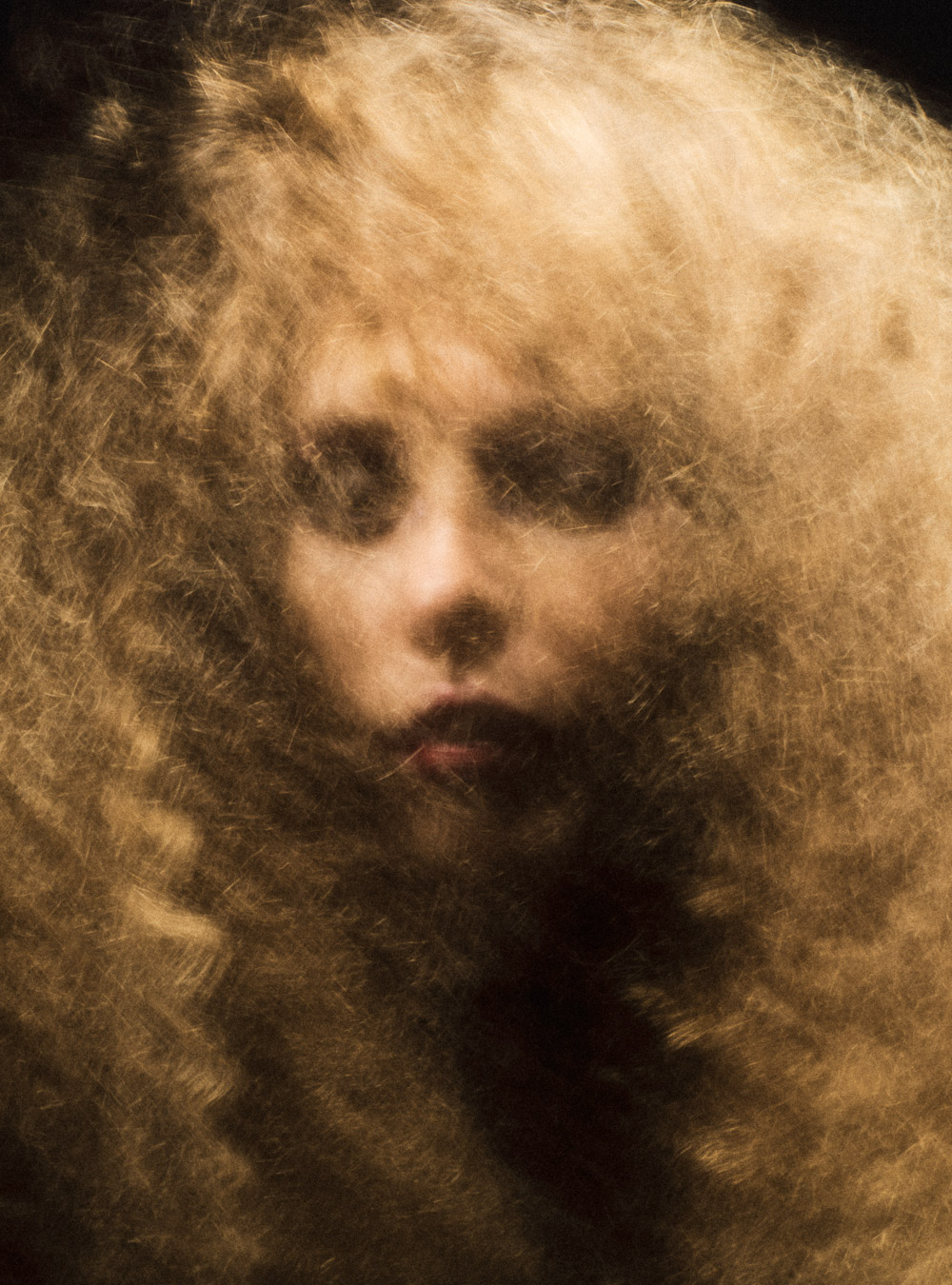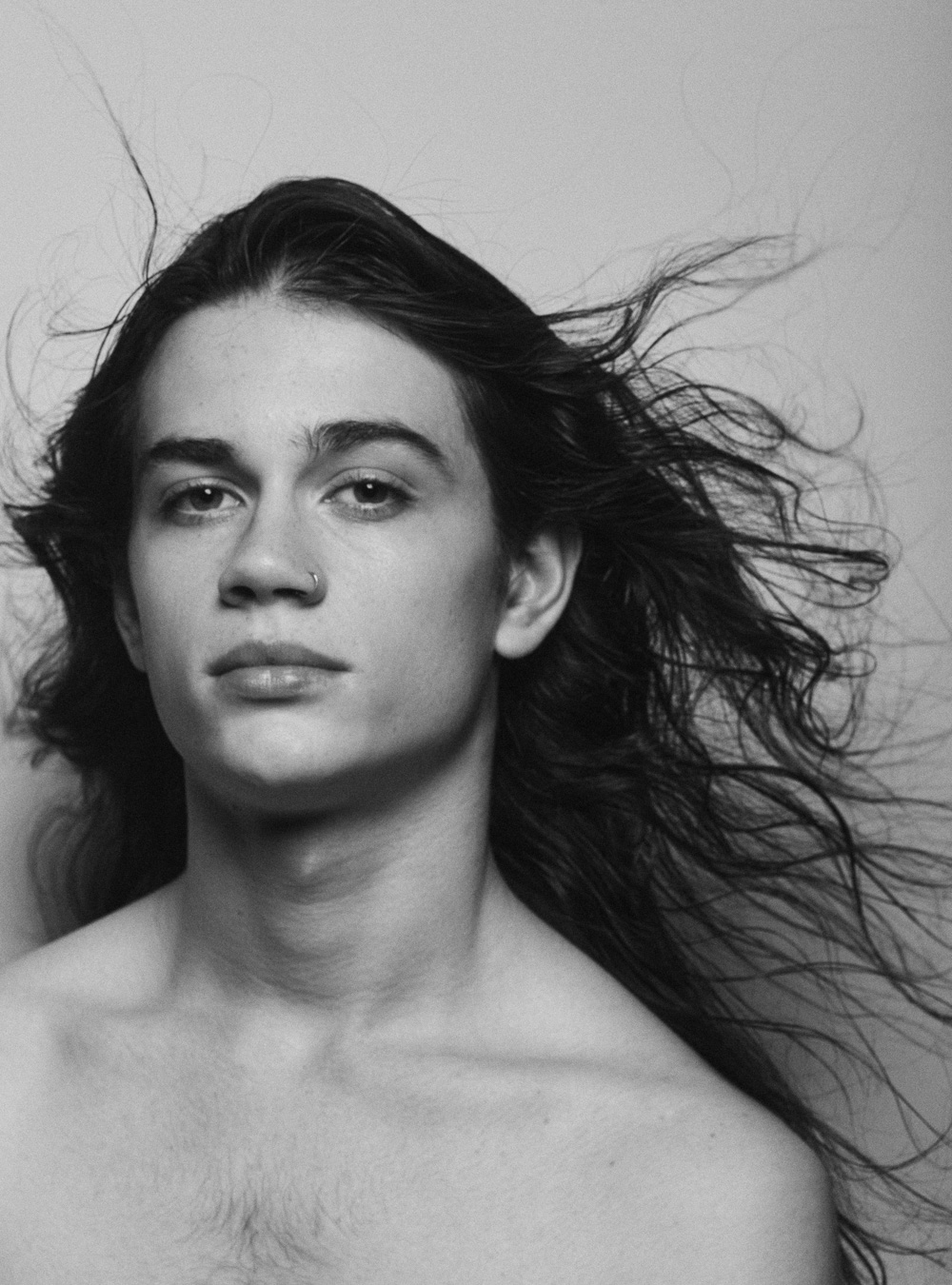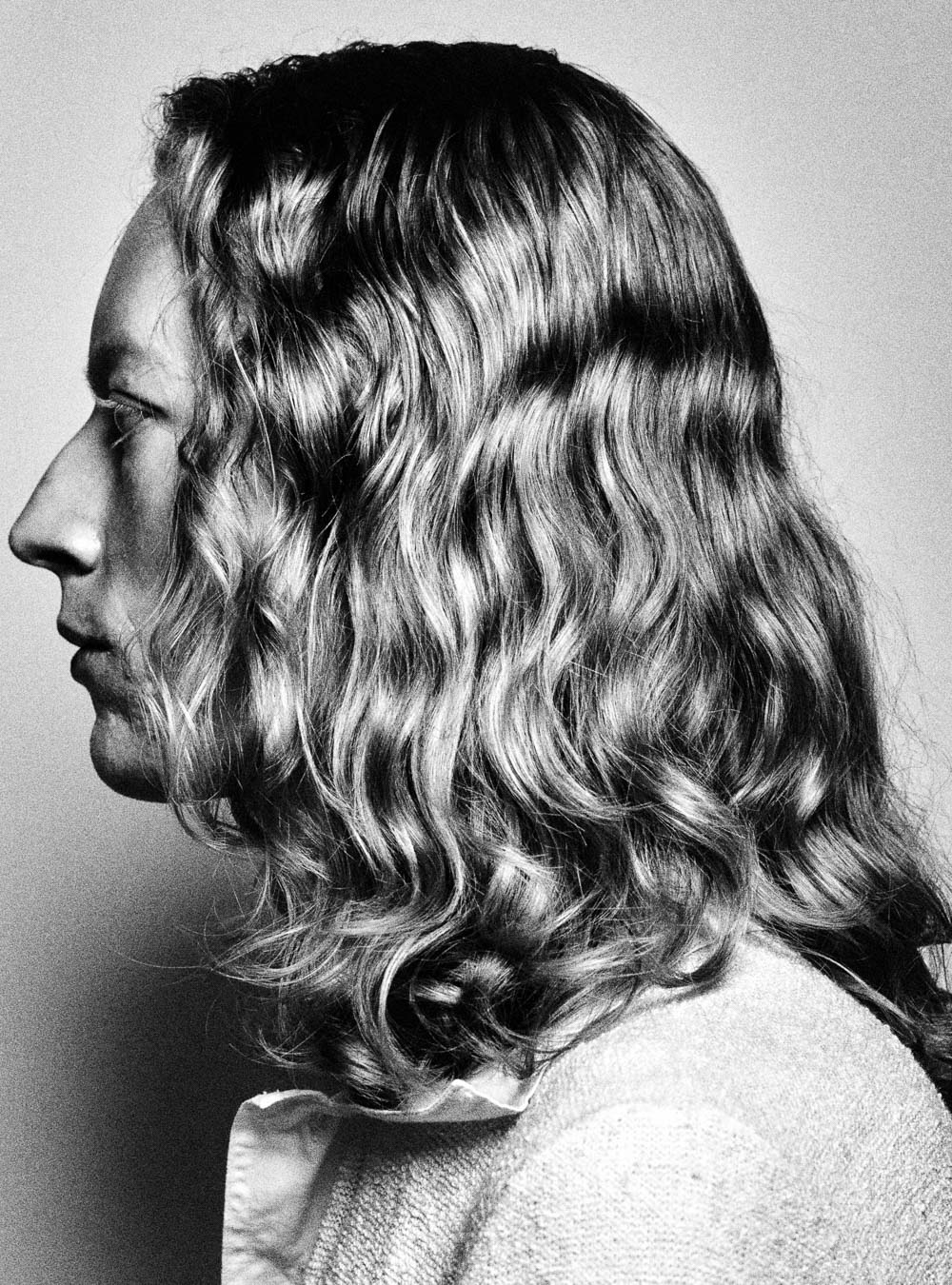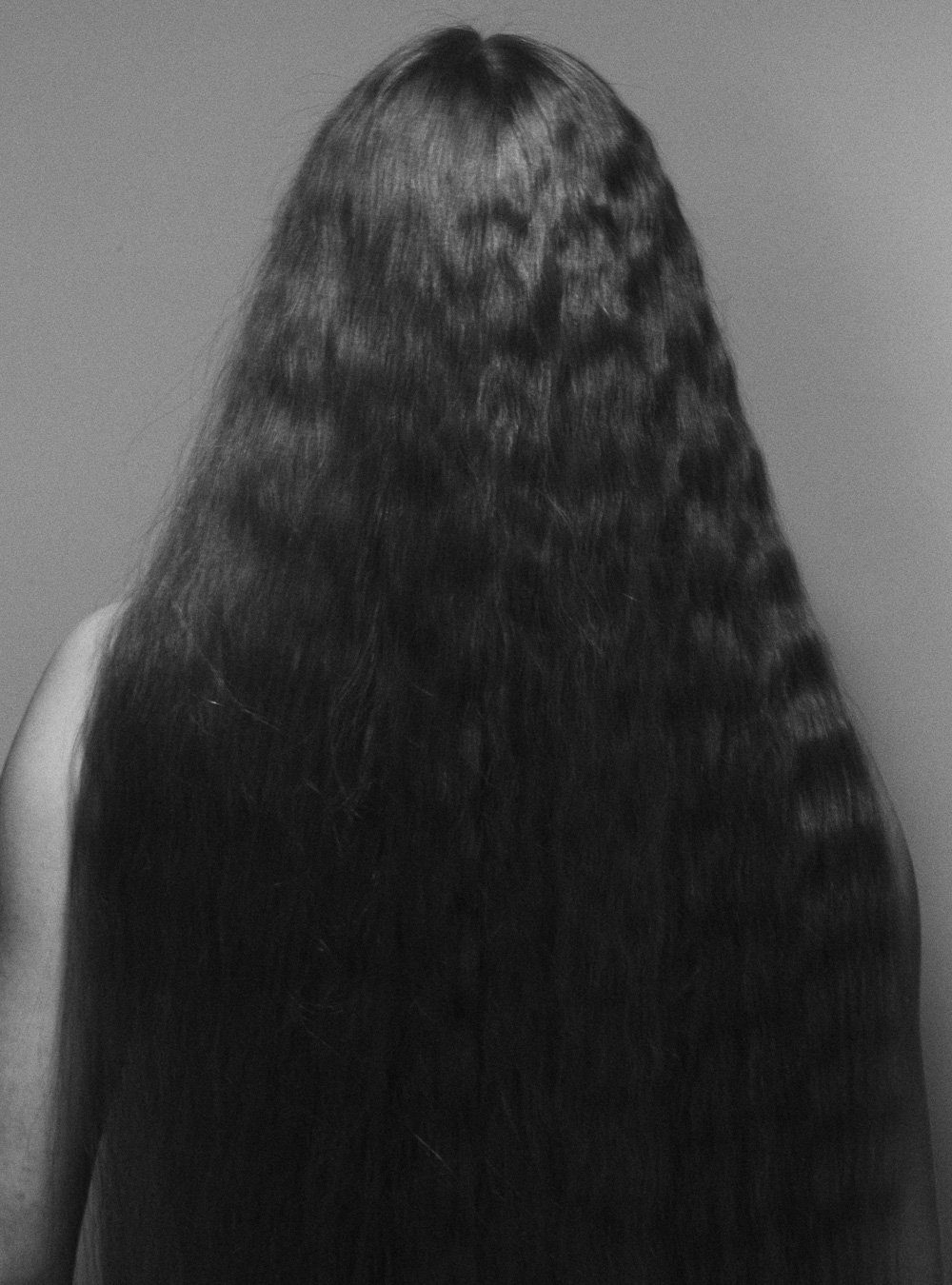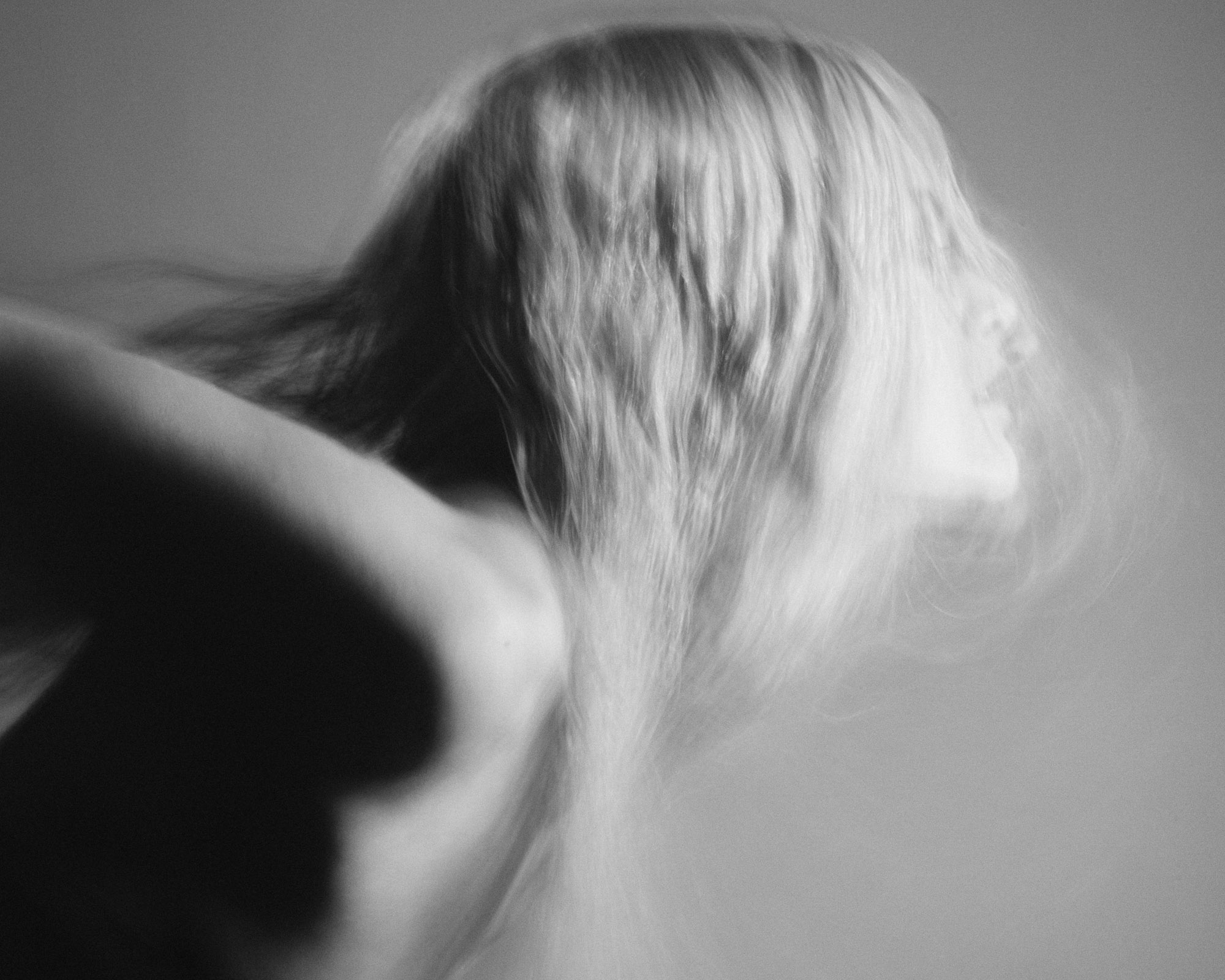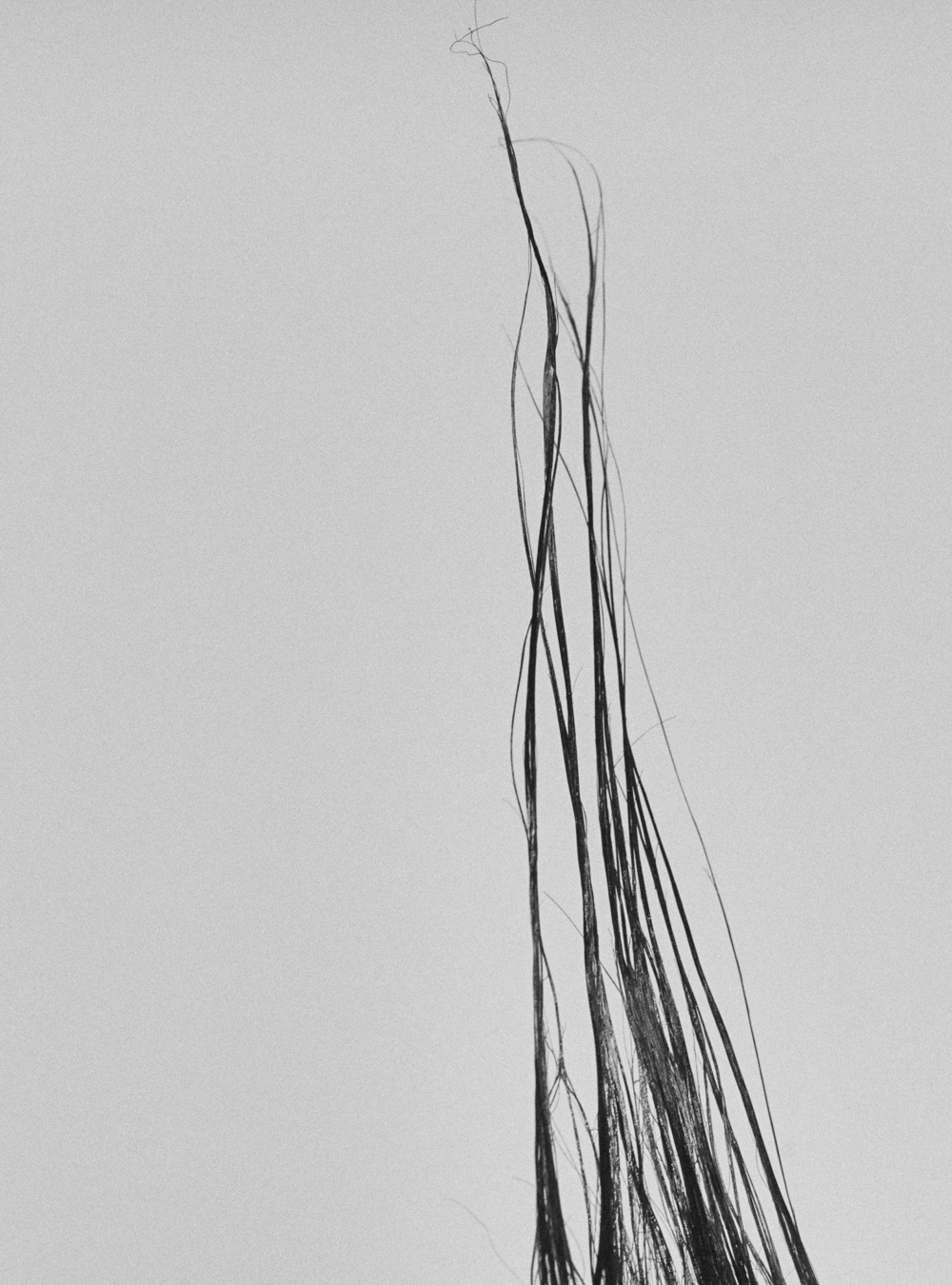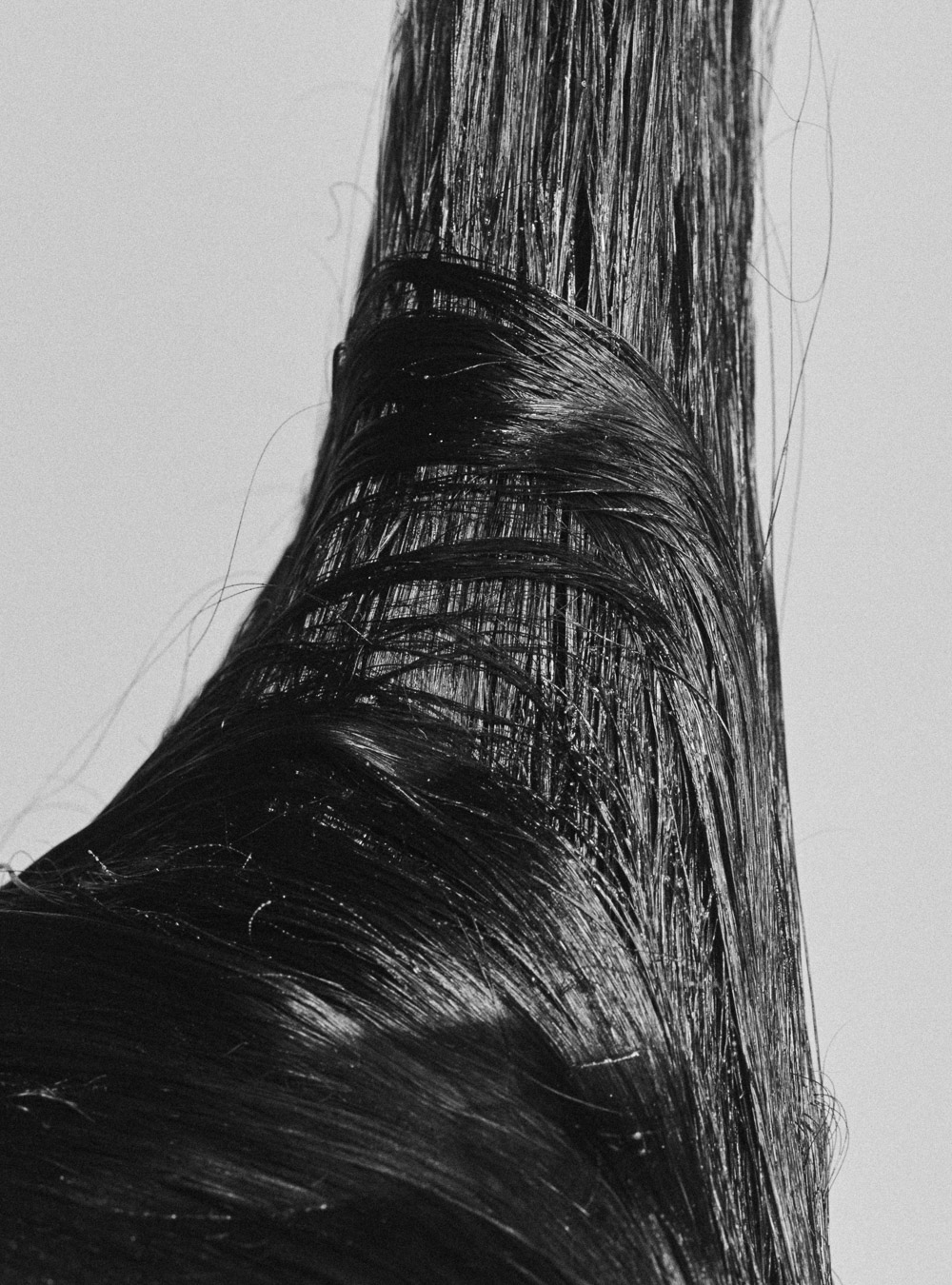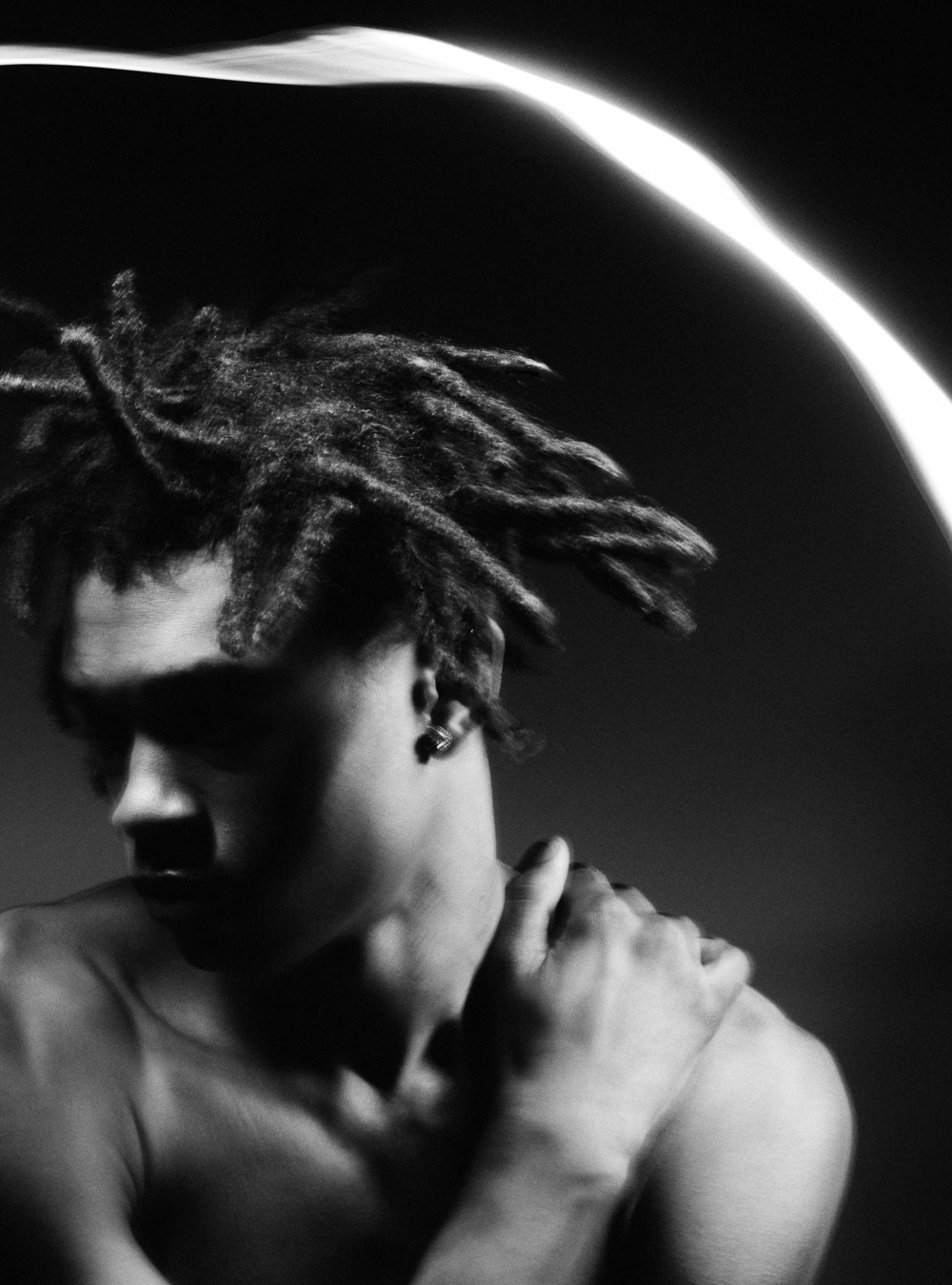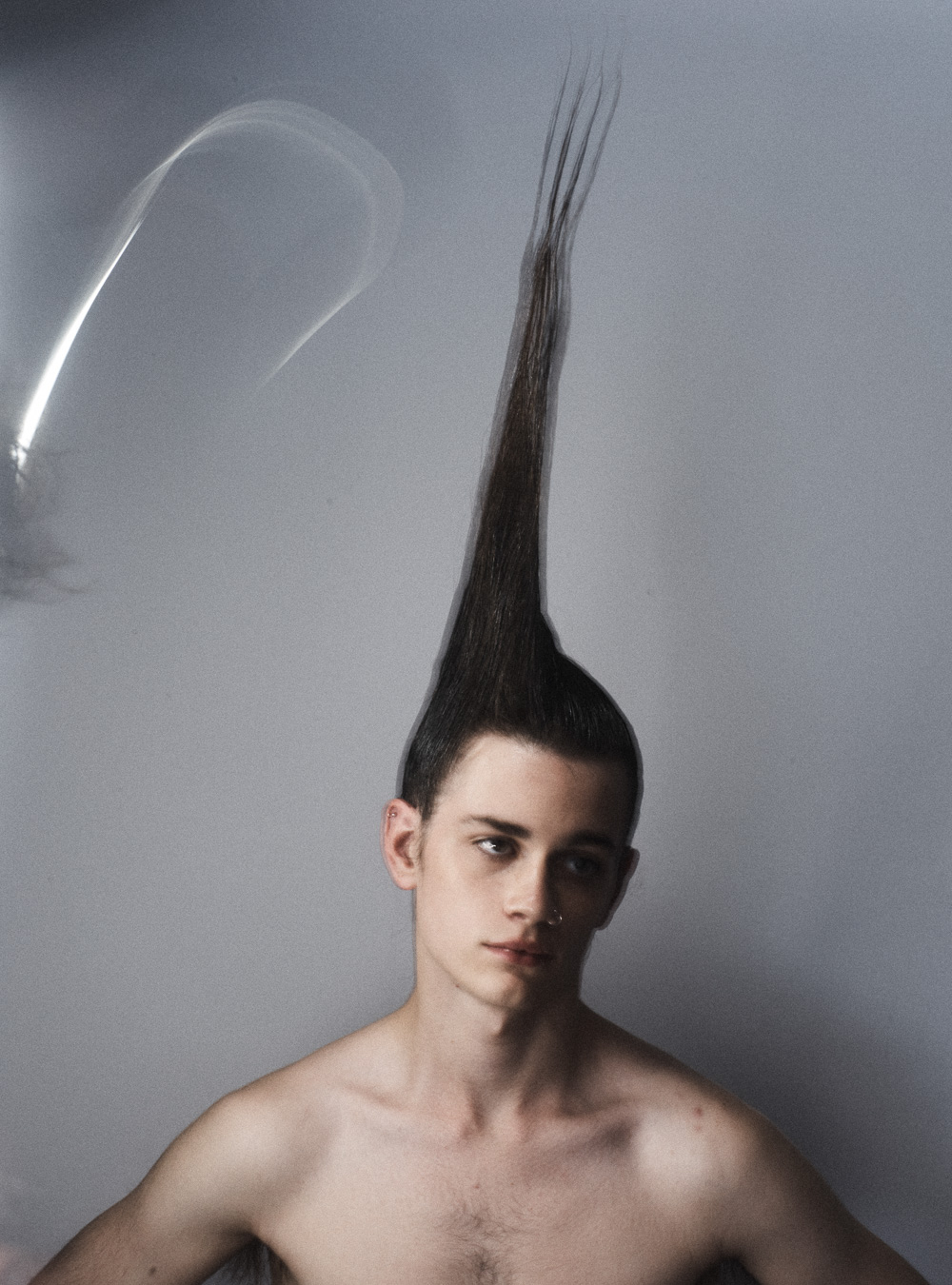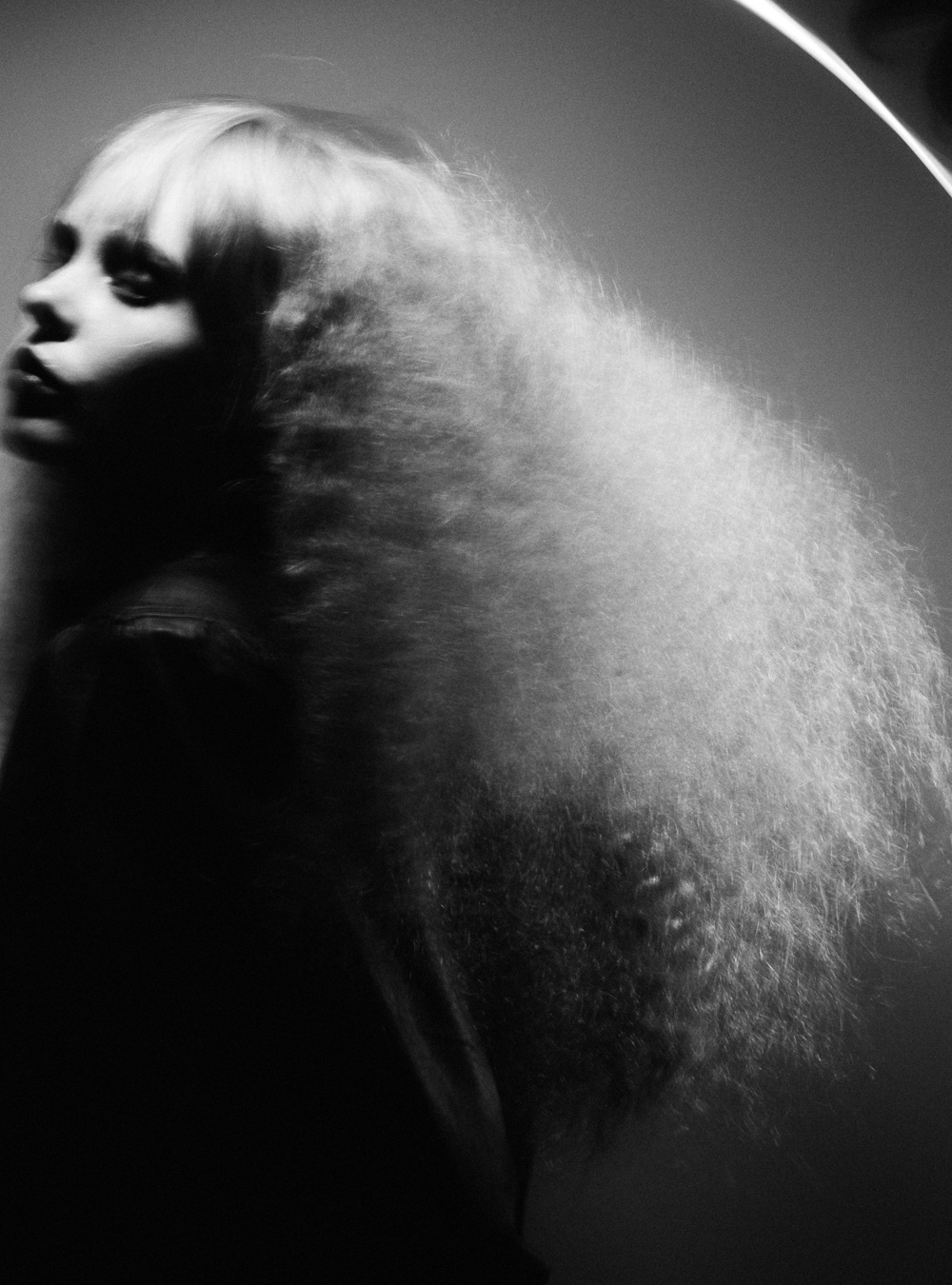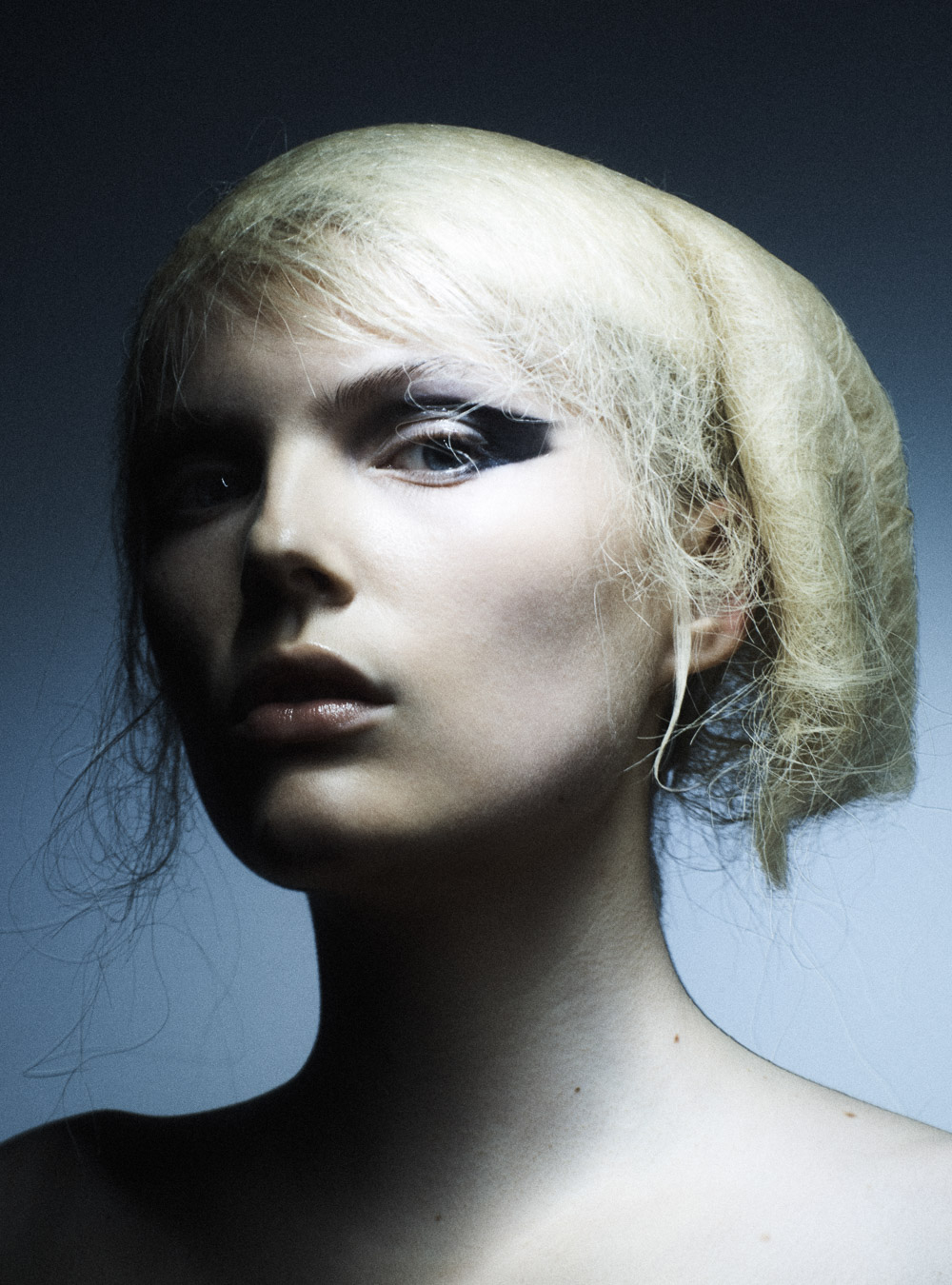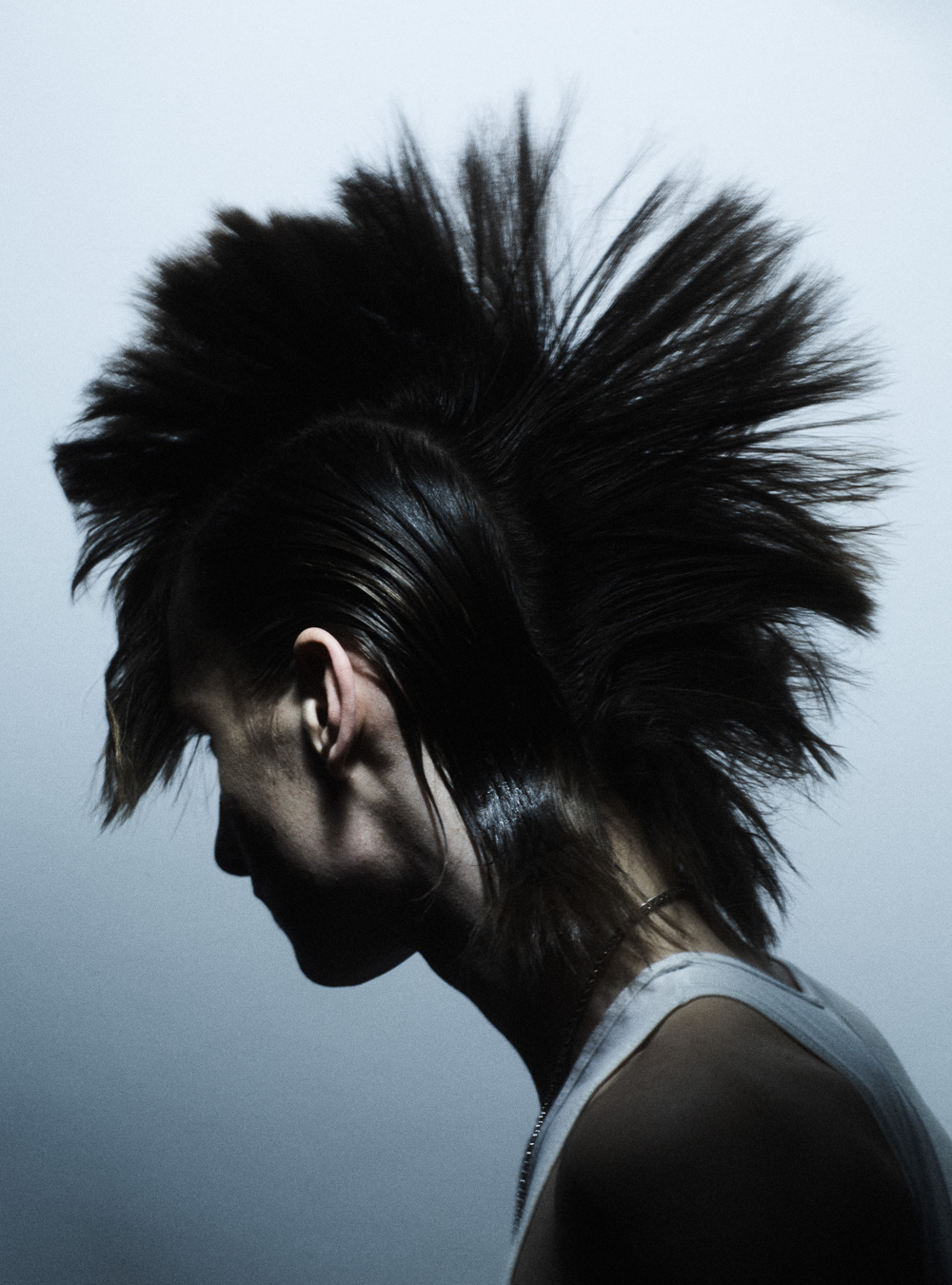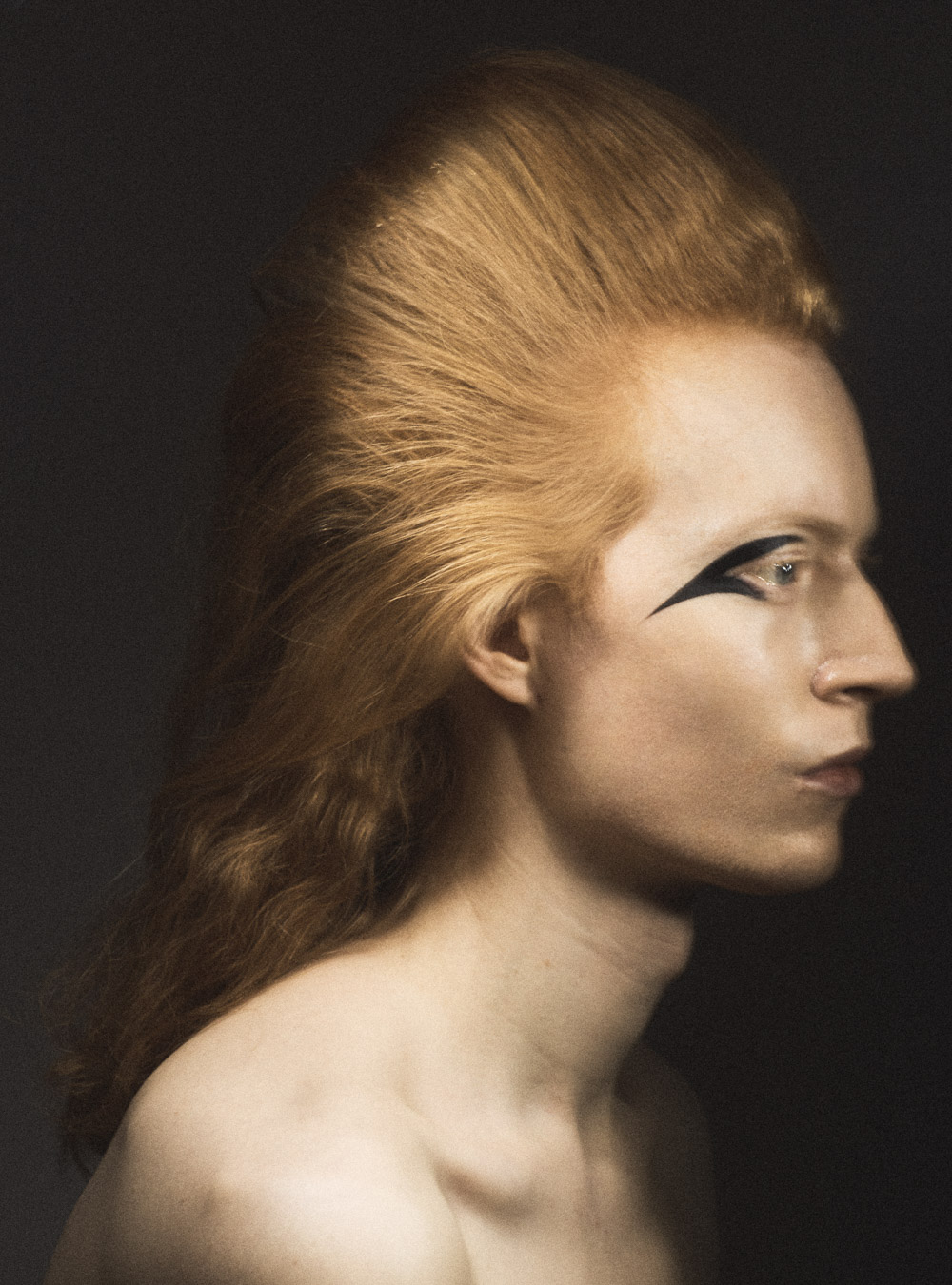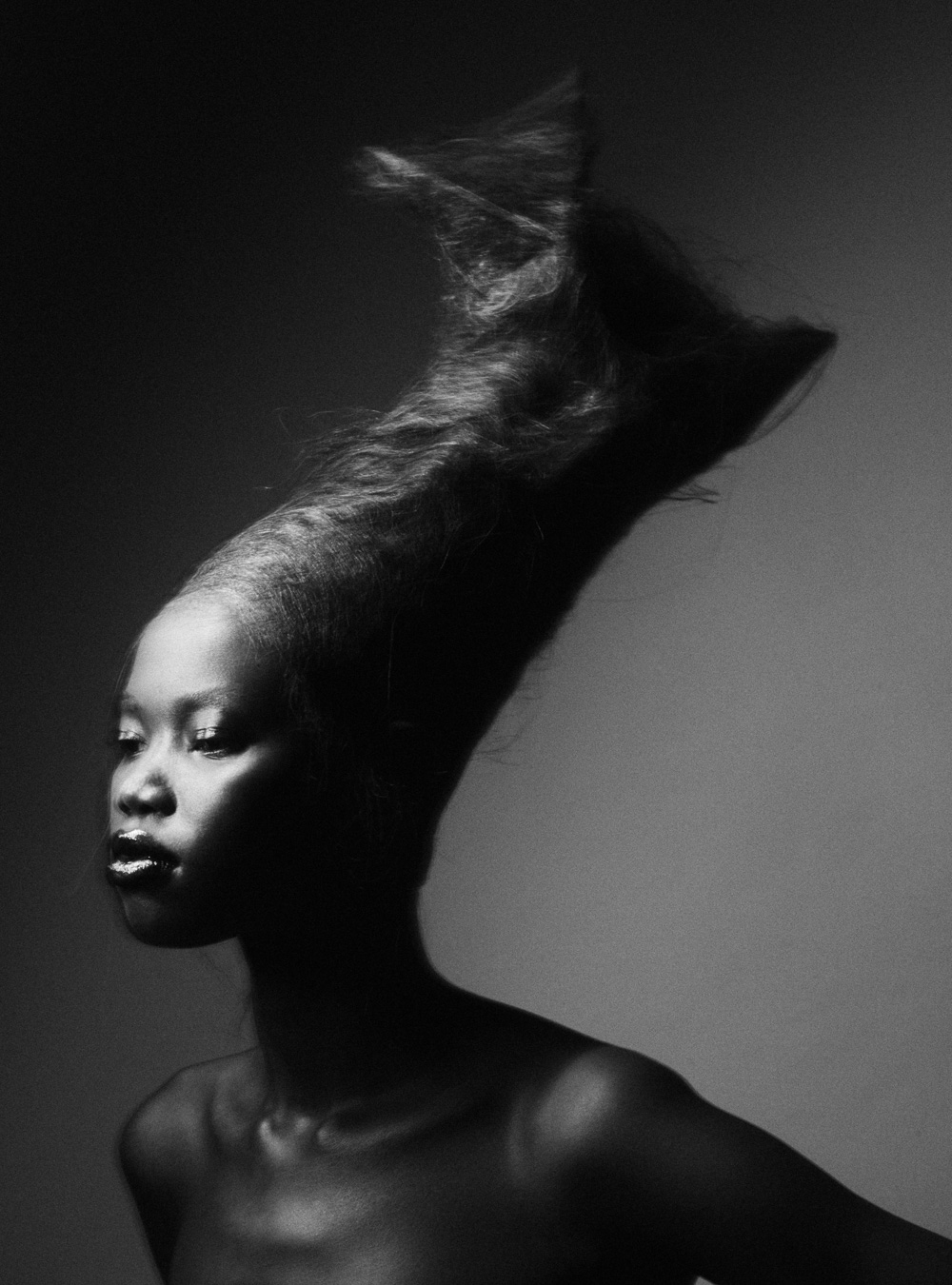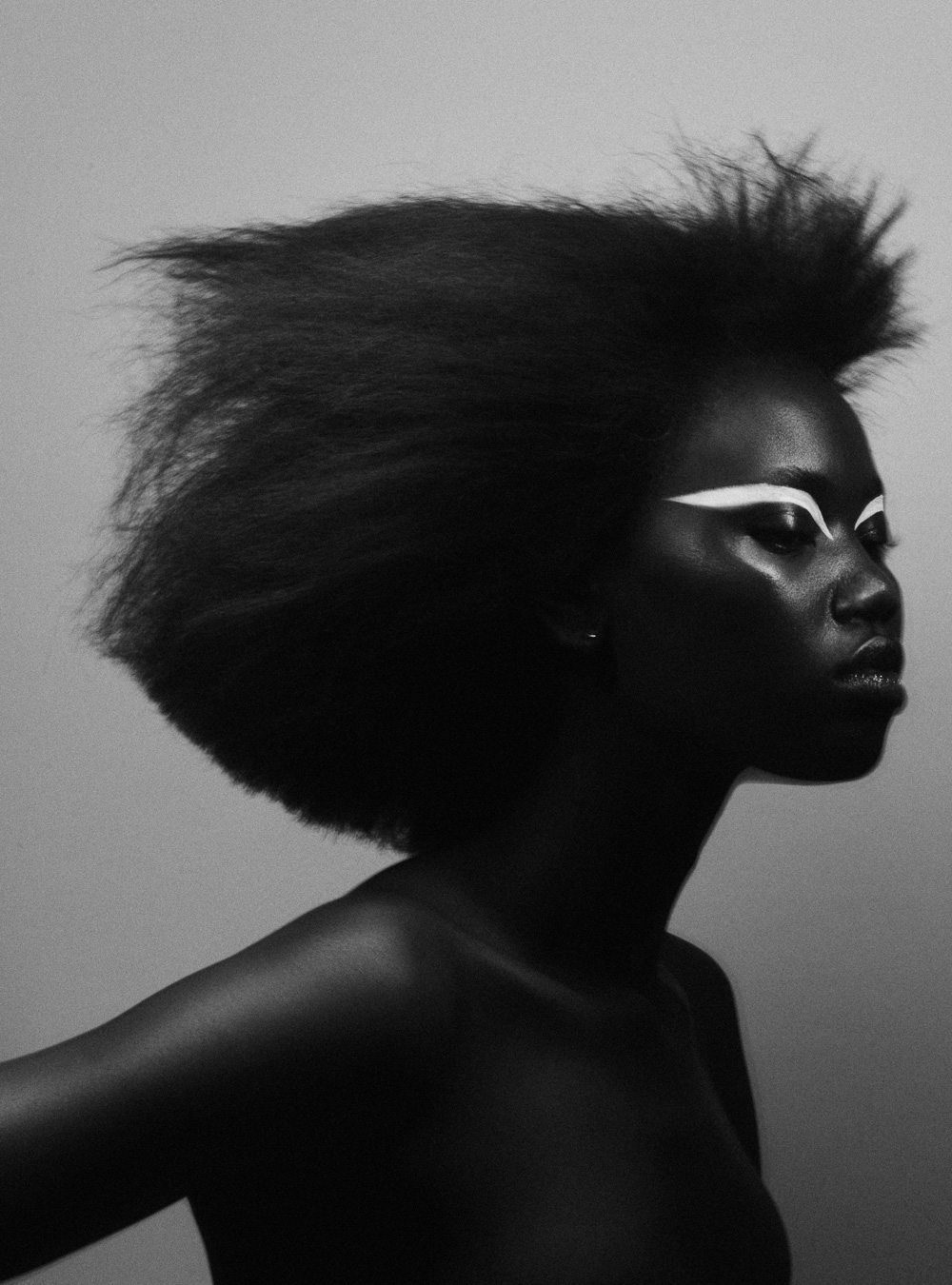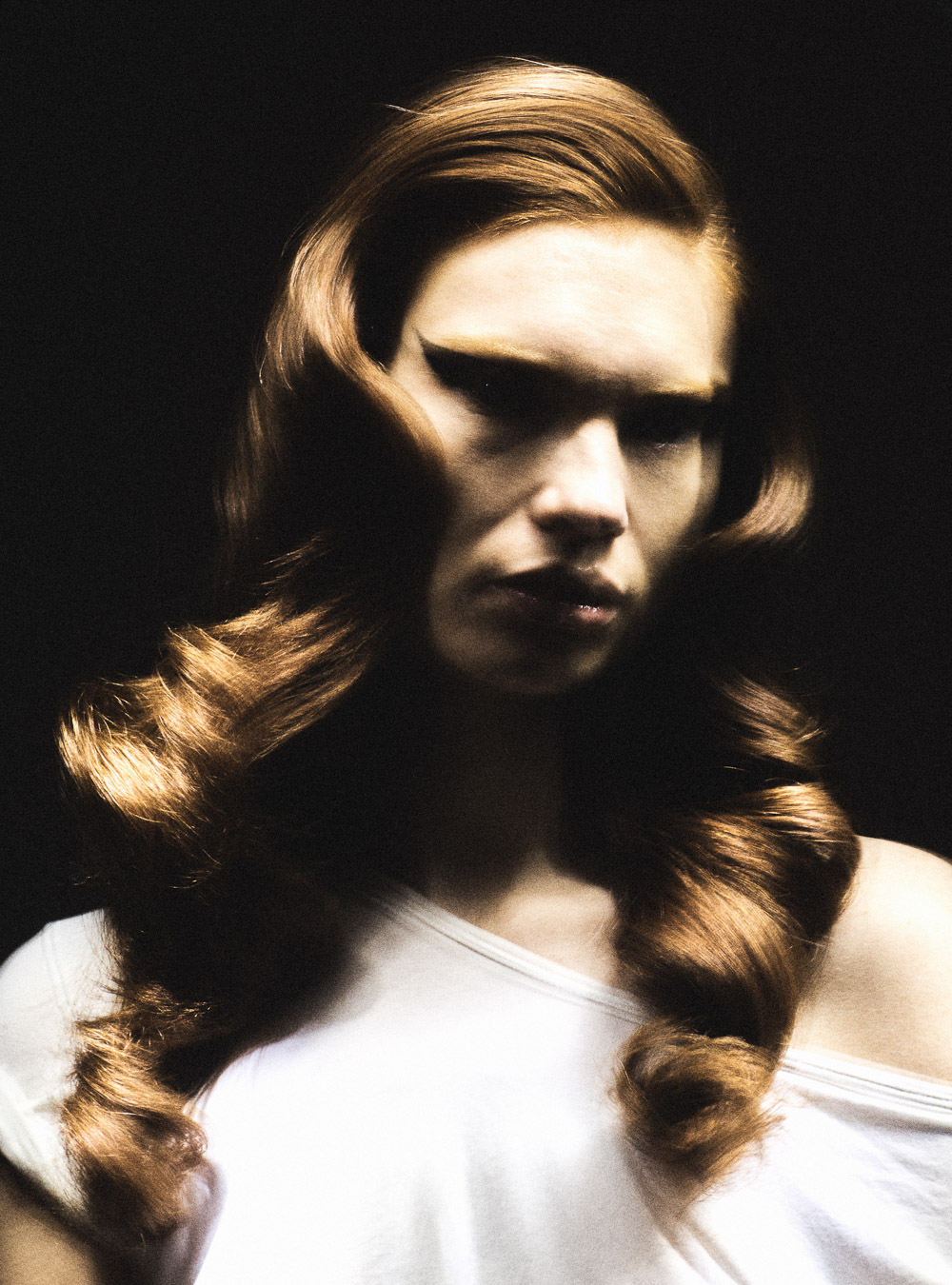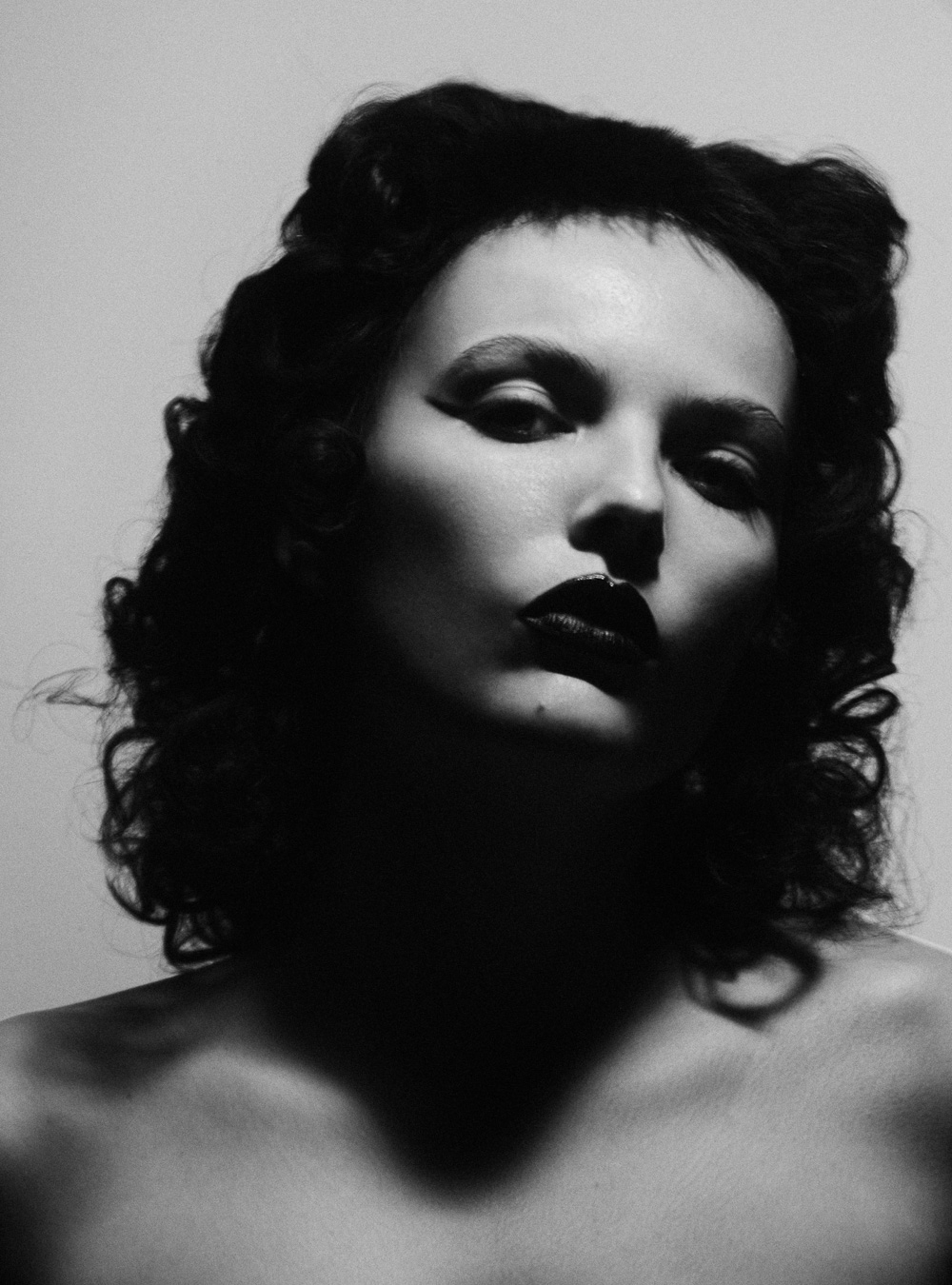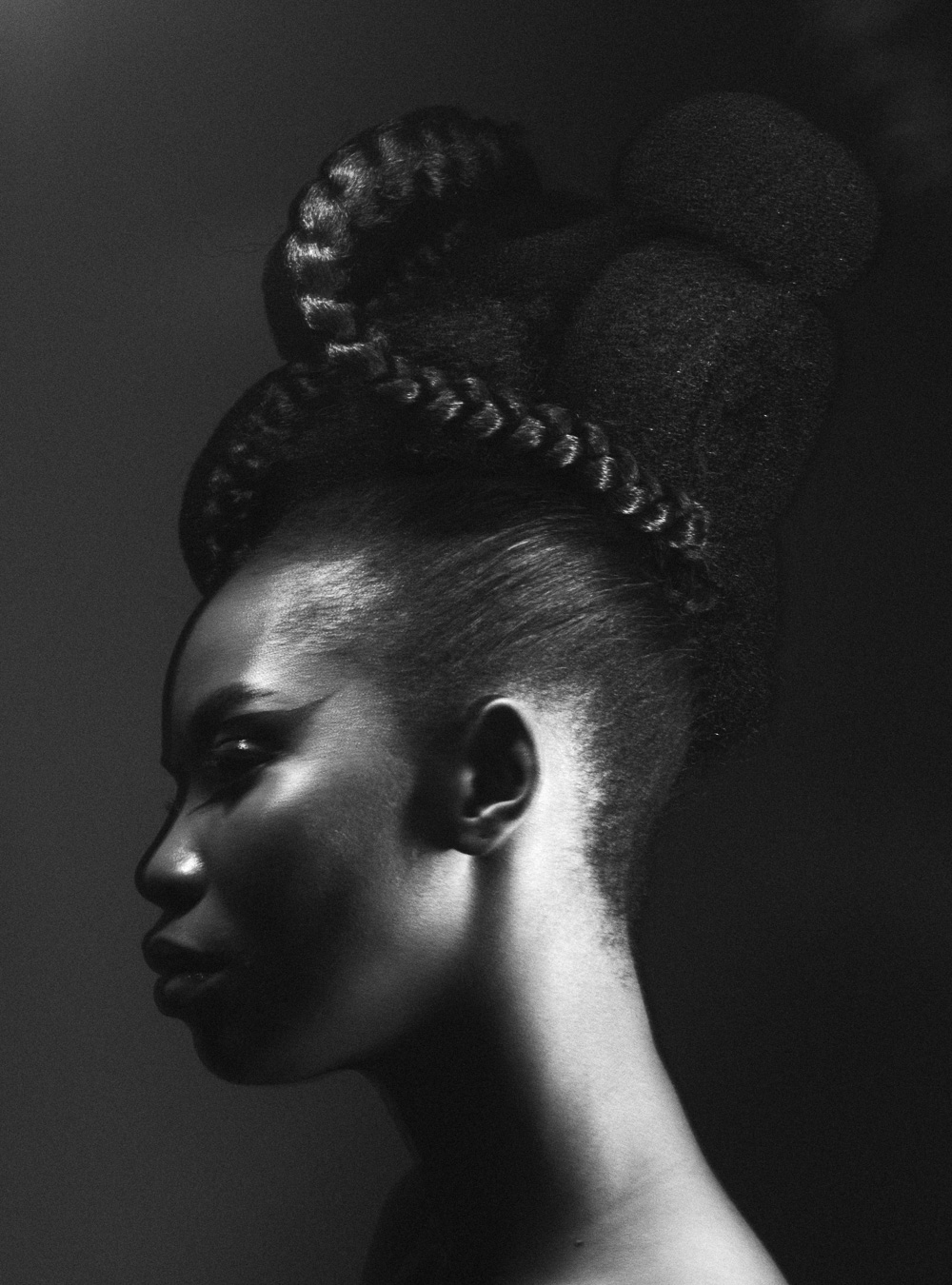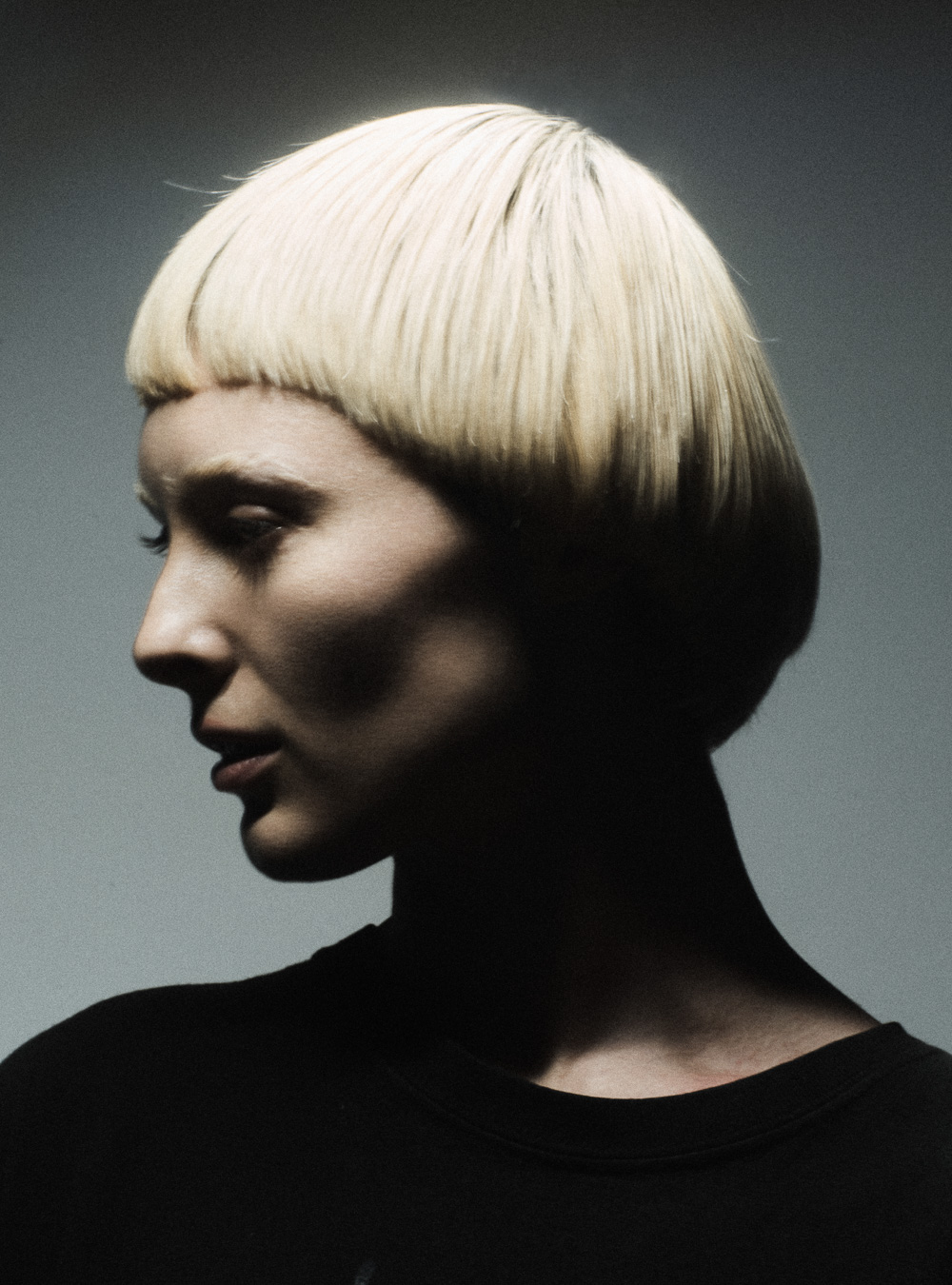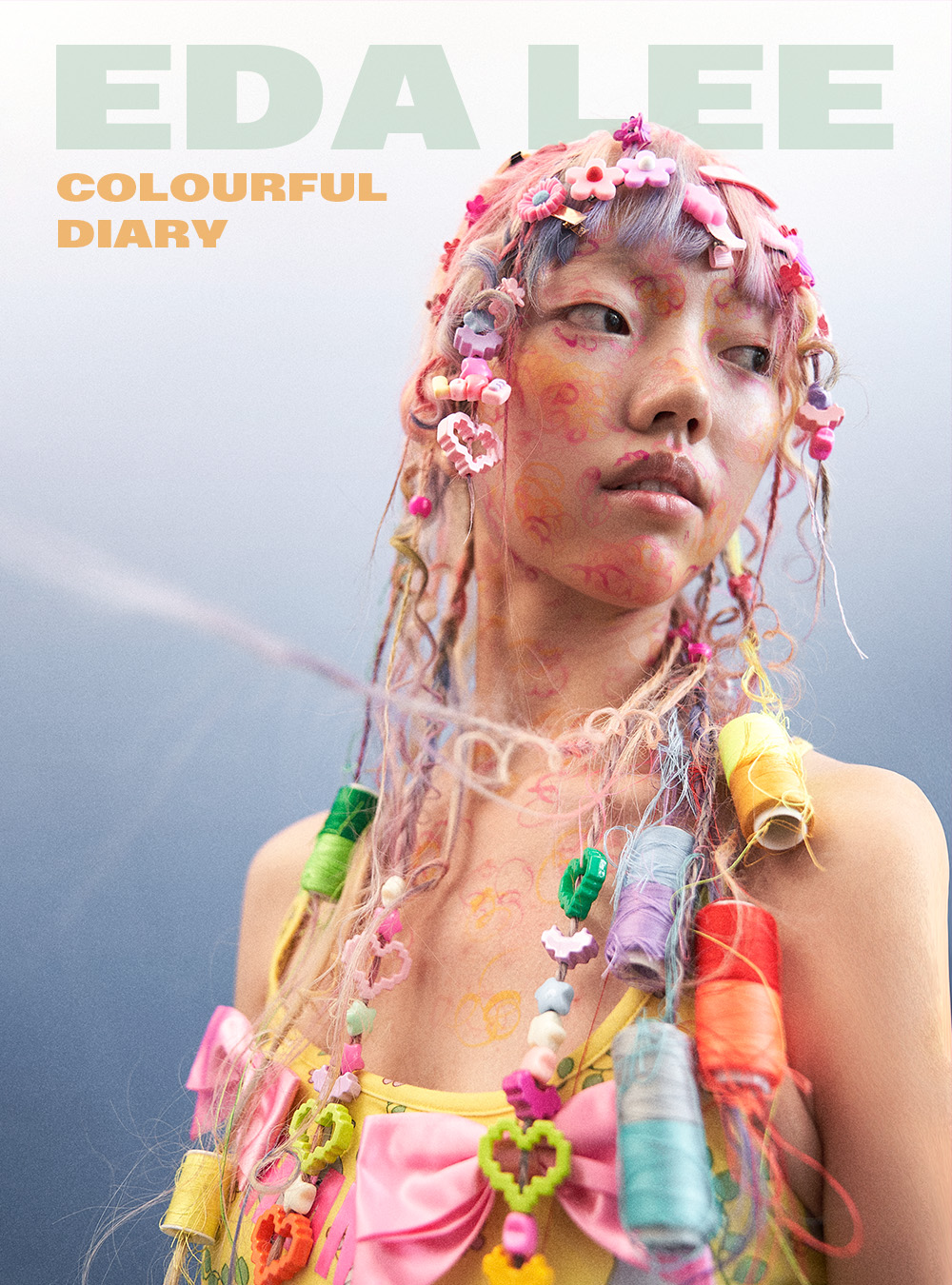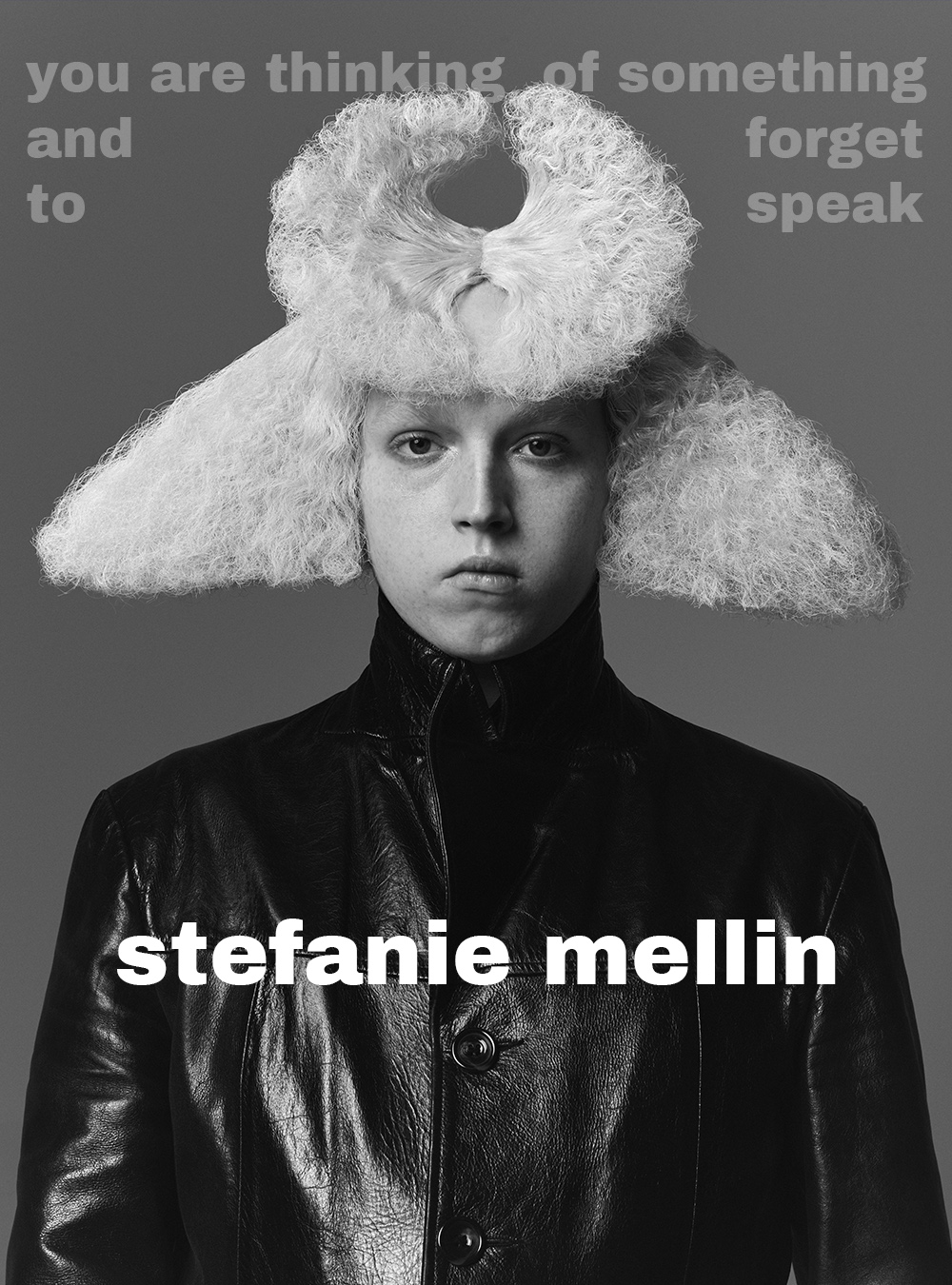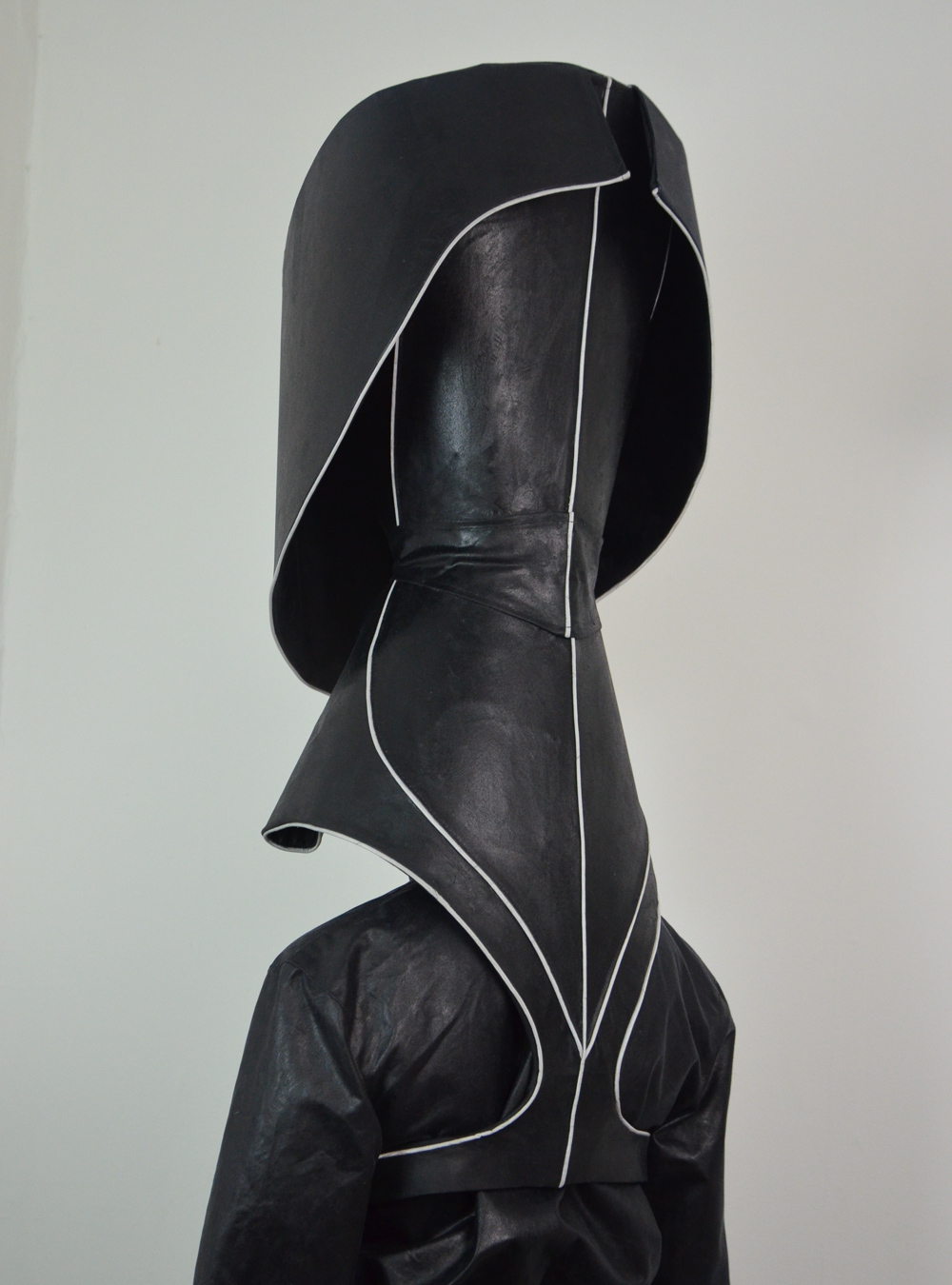PEOPLE: Christopher Gatt on his passion project, ‘Reworked,’ exploring his favourite techniques and styles away from the pressures of industry
Photography: Lewis Hayward
Hair + Creative Direction: Christopher Gatt
Makeup: Oonah Anderson + Kite Chuang
Casting: Barbara Blanchard
Hair Assistant: Anastasiia Aleksandrenko
Interview: Hasadri Freeman
Project Models: Izzy, Greta, Bea H., Tara M., Elhadj, Milique D., Ti-En, Wai Ieng, Awek, Flynn, Sylvie, Louis, Hyeok Kim, Connie, Delphi, Florence, Damilola, Gaia, Cara K., Harry S.B., Shellie S., Naina, Heloísa, Erin H., Reimi K., Alex E, Nikki, + Onyx
Shot in London, between 2023 and 2024
Do you remember when you first became aware of hair, either your own or someone else’s? If so, what happened, and how did that experience make you feel? I think I must have been 8 or 10 years old—in the late 80s/early 90s—when I became aware of hair and how people use it to both express themselves or conform to a perceived norm. I come from a small conservative island where people are not flamboyant, but things like television were a window into the bigger world. MTV, in particular, became my obsession. It left a strong mark on me, and it’s still probably one of the eras that I reference most in my work. This time where hair was wild, textured and bold, used to create a statement, left me curious about the expressions and the possibilities that hair could create.
Tell us a little bit about your work history and how this project, ‘Reworked,’ came about. As a session hairstylist you are always interpreting and translating briefs or ideas on campaigns for fashion brands or magazine editorials or catwalk shows. It’s challenging and interesting, but you are always working with someone else’s initial idea, or with those of a team that is sometimes creatively at odds. With this project, I wanted to have complete freedom and control on something I created, without any concern if anyone else liked it or not. And really, I wanted to have fun – it’s as simple as that! The result didn’t matter, it was enough for me to have joy and satisfaction from the process rather than the final image.
And I truly enjoyed all of it—from casting the models with the help of the casting director to the interpretation of the character that came to life at every sitting. We shot in my small studio in Woolwich, which I use for wig work and prep for bigger jobs. In total, we did about 8 to 10 shoots over a period of 2 years. It was a slow and sometimes painful process getting everything organised, but that’s part of it. Every sitting felt better – a bit like jamming as a band.
I wanted to do the hairstyles and techniques I like but don’t get much opportunity to use on projects that are funded by publications or brands, so I had to find my own way to produce it and see where the process led me.
Is print imagery important or inspiring to you? Why? As a hairstylist, it’s really easy to find yourself without anything concrete that represents your aesthetic beyond images. Temporary hairstyles on models, haircuts and styles that can grow or wash out…it’s hard to capture this medium. While I was creating this body of work (or maybe getting it out of my system is a better way to describe it—I always envisioned the more temporary elements of my practice fixed or immortalised in print.
I also grew up in an era where print magazines and books you could hold in your hand were a major source of inspiration or reference. They were a way of immortalising a character, an expression a mood, a subject, a form. Perhaps as I am a kinaesthetic kind of person – I need to touch and feel. Touching a work of art, for example, makes me feel a certain energy of the artist’s approach. Perhaps that’s one of the reasons I love sculpting and forms. I always try to maintain a three-dimensional element, so you can almost reach into the hidden part of the image with your imagination. Sometimes, photographers ask me which side of the hair is best. I always say, “you choose, it’s all for you to explore!”
While unfortunately the means to have this work published on a wider scale were unobtainable, I do have a single copy of the book sitting in my own library. Ultimately, it’s about the journey, not the destination, as they say!
What role do you feel hair plays in establishing persona, both for the individual client and in the editorial sense? Hair is imperative in establishing an identity or message, as it can really say a lot about a person. So it’s really important that the hair aligns with the direction of the image or character that’s being portrayed. Just think about the juxtaposition it can make against an outfit—it can really make or break a picture. To deliver at my best as a hairstylist, I have to interpret the whole concept, not just the hair direction. Imagine a campaign trying to sell high end luxury clothing with hair that is completely in its own world—it would ultimately detract from the dream that the image had to convey or sell.
Hairdressing is not always considered an art form, though we certainly don’t agree here at INFRINGE! Do you consider yourself an artist? In what ways do you feel working with hair has trained your eye? Hairdressing is definitely an art form, but to be exact, hair is a medium—the art is the message conveyed, the story that is being told. I focus on everything else, and only at the end do I think about the hair method or application. I look to other art forms to inspire my work with hair—nature, Cubism, architecture, subcultures, music, etc. If you are only directly inspired by existing hairstyles, I feel that you might just end up recreating in some way, shape, or form.
I want to be innovative and look for new ways of expression, but that doesn’t just come from hair, that comes with the lighting, the garments, the expression, the background. So many elements come into play to share a vision which ultimately engages others. For instance, if we take certain pioneers in the industry—the likes of Guido Palau, or Gary Gill—it’s not just the hair that captures your attention. It’s the whole content that nourishes your soul and inspires you to engage, to see beneath.
